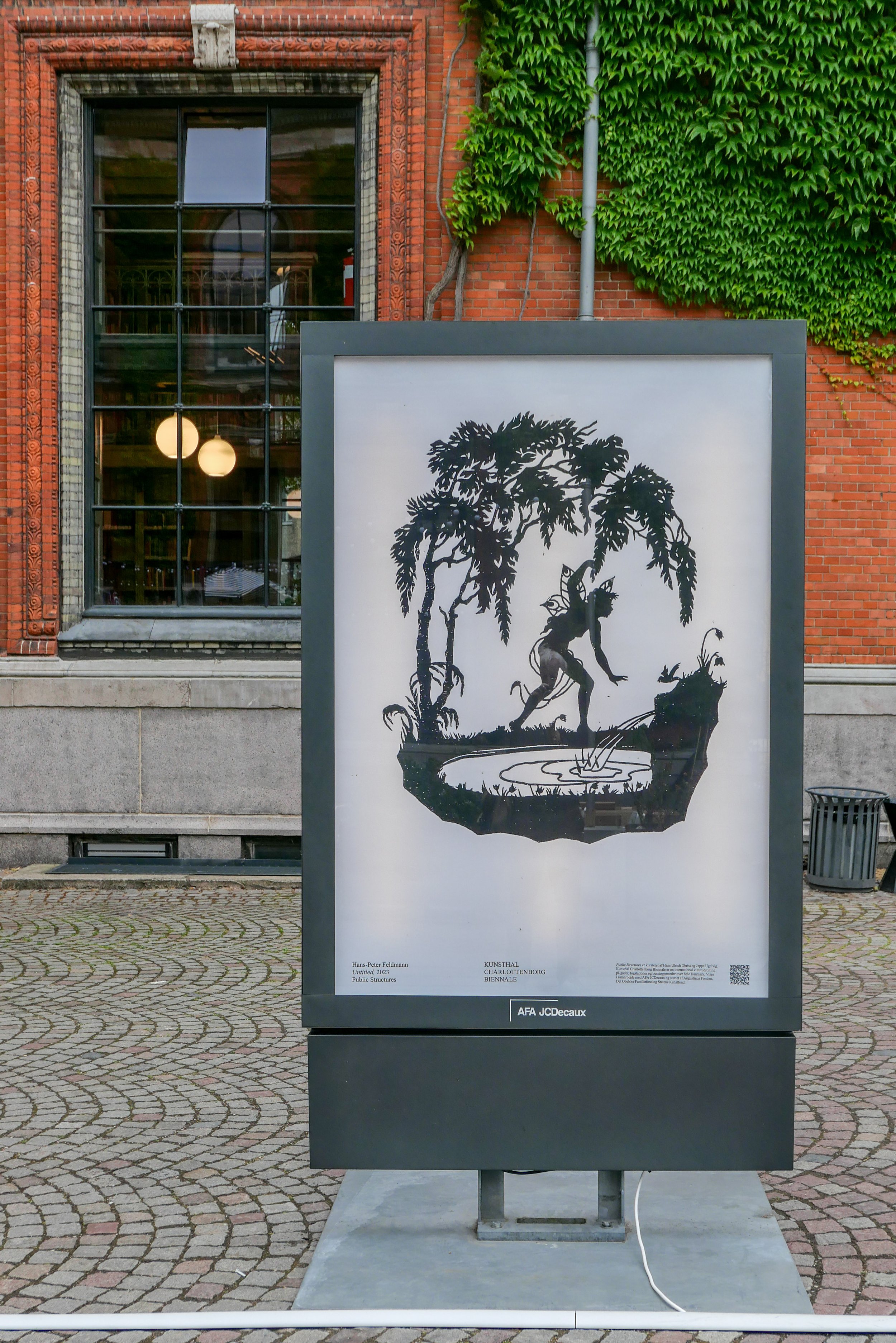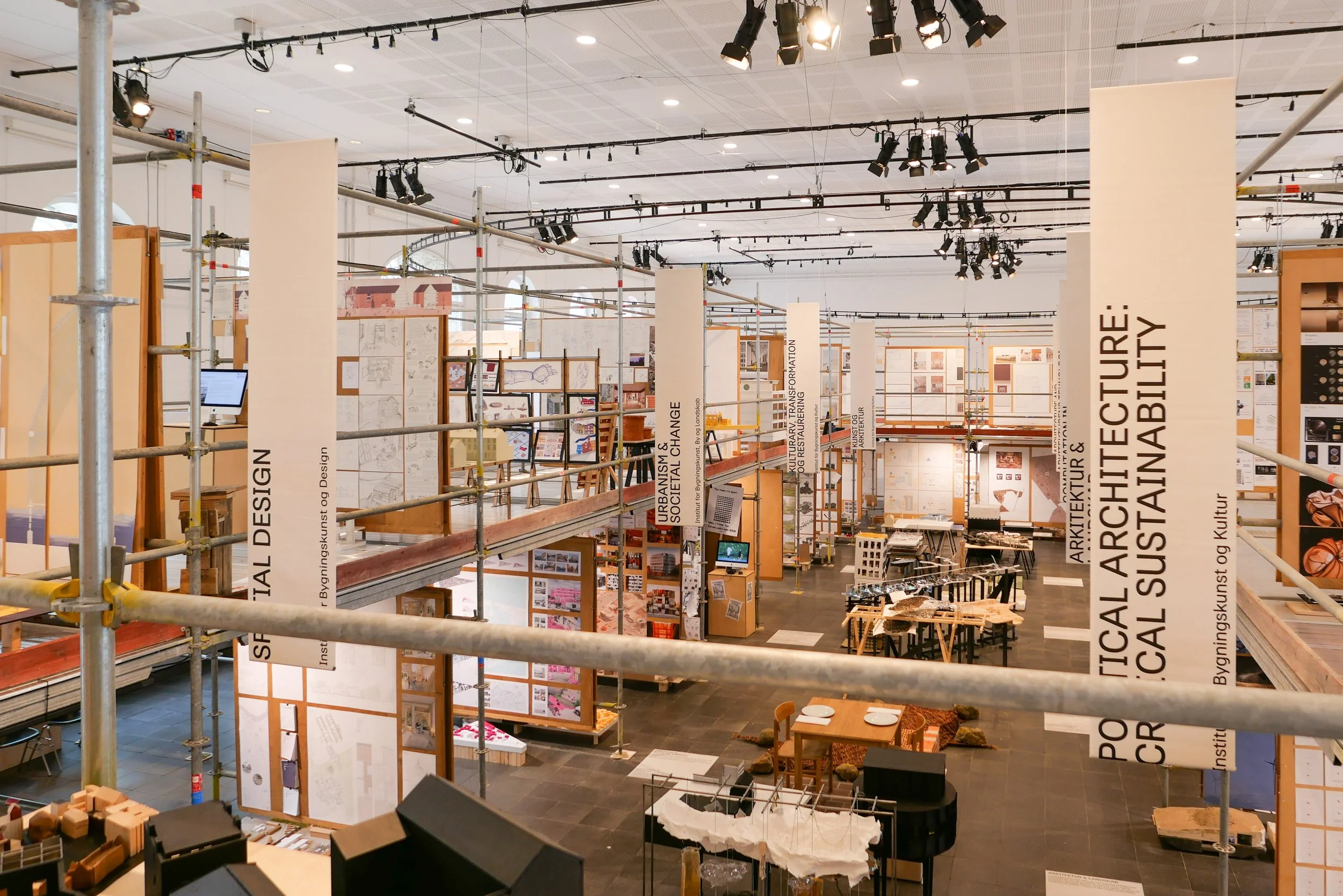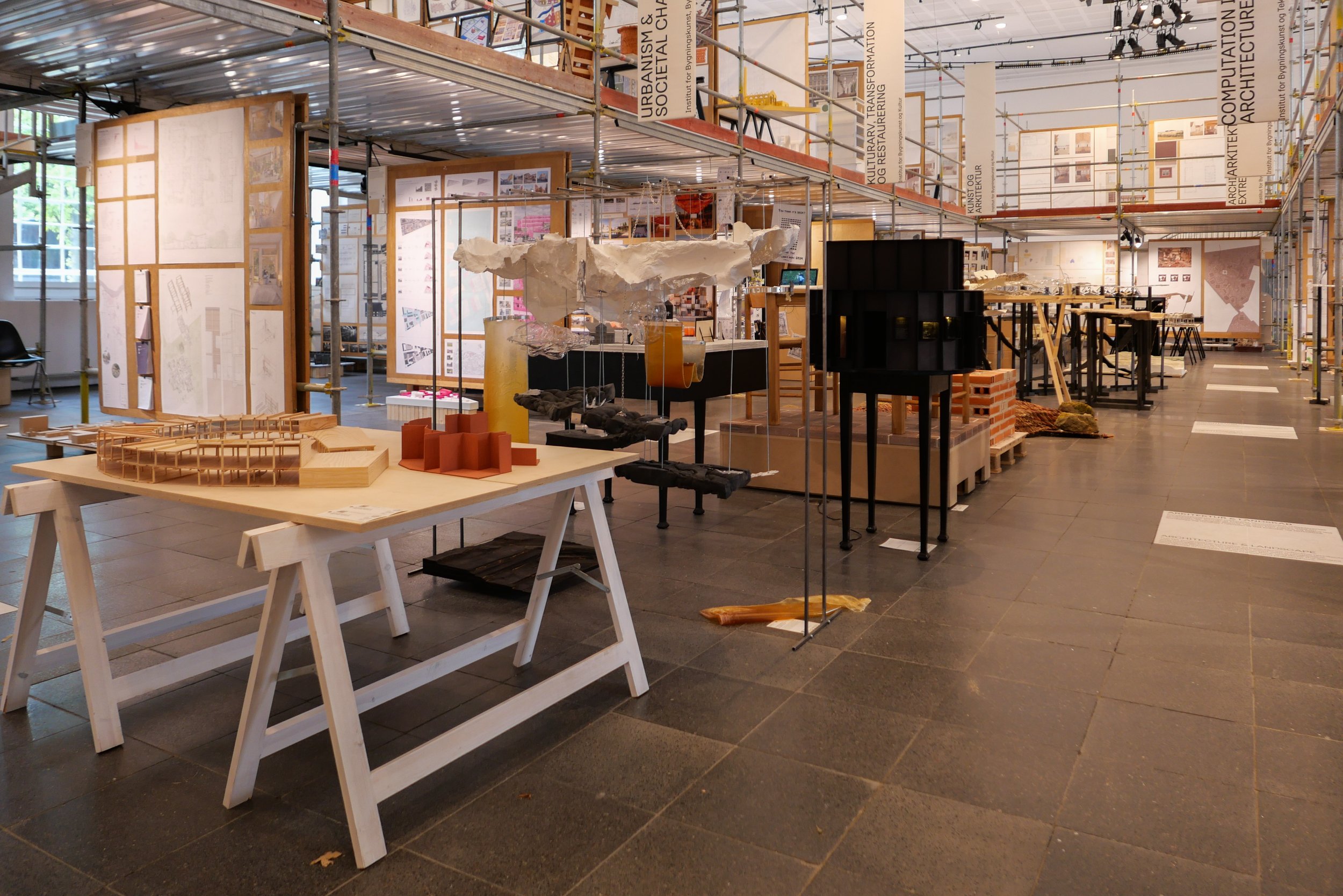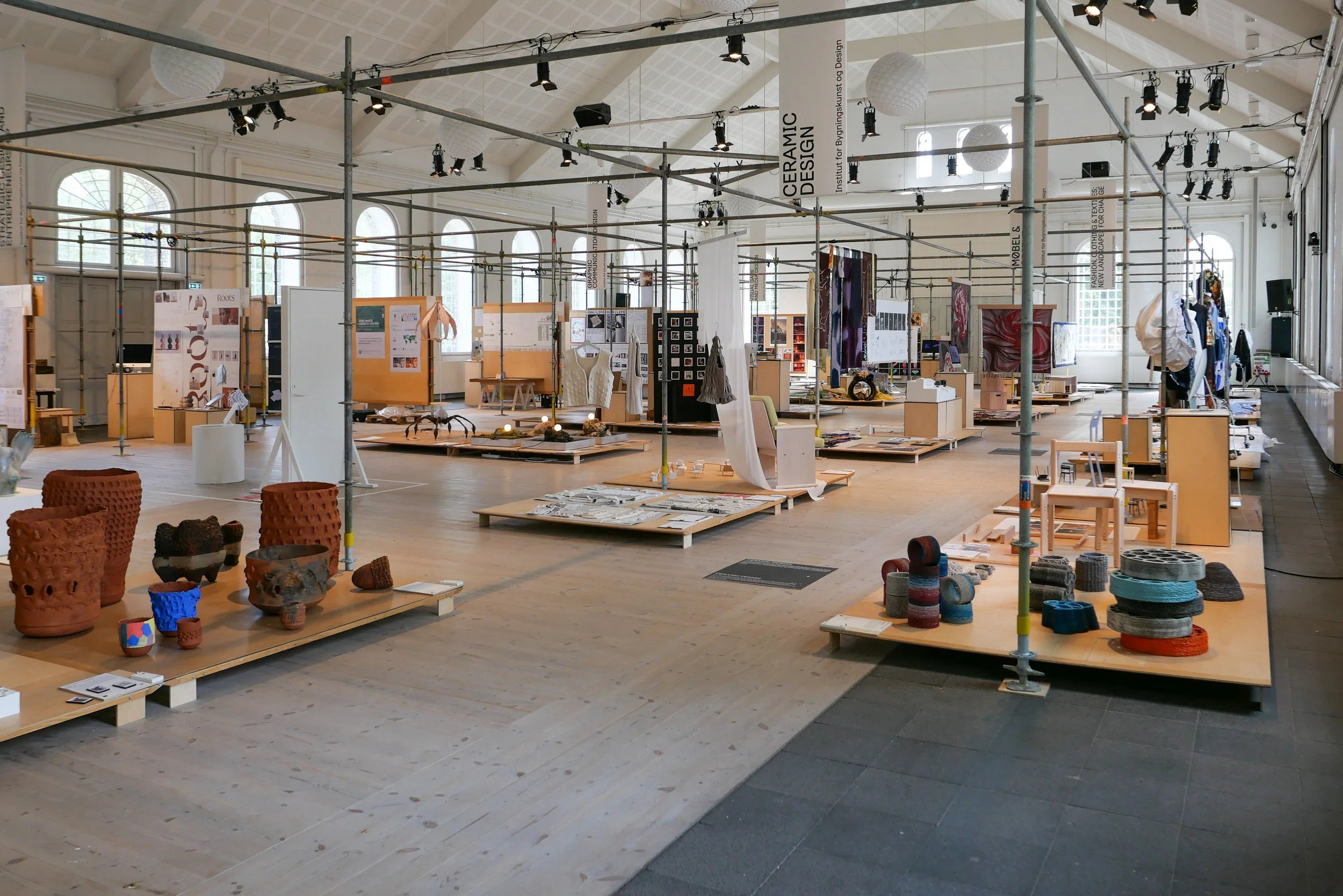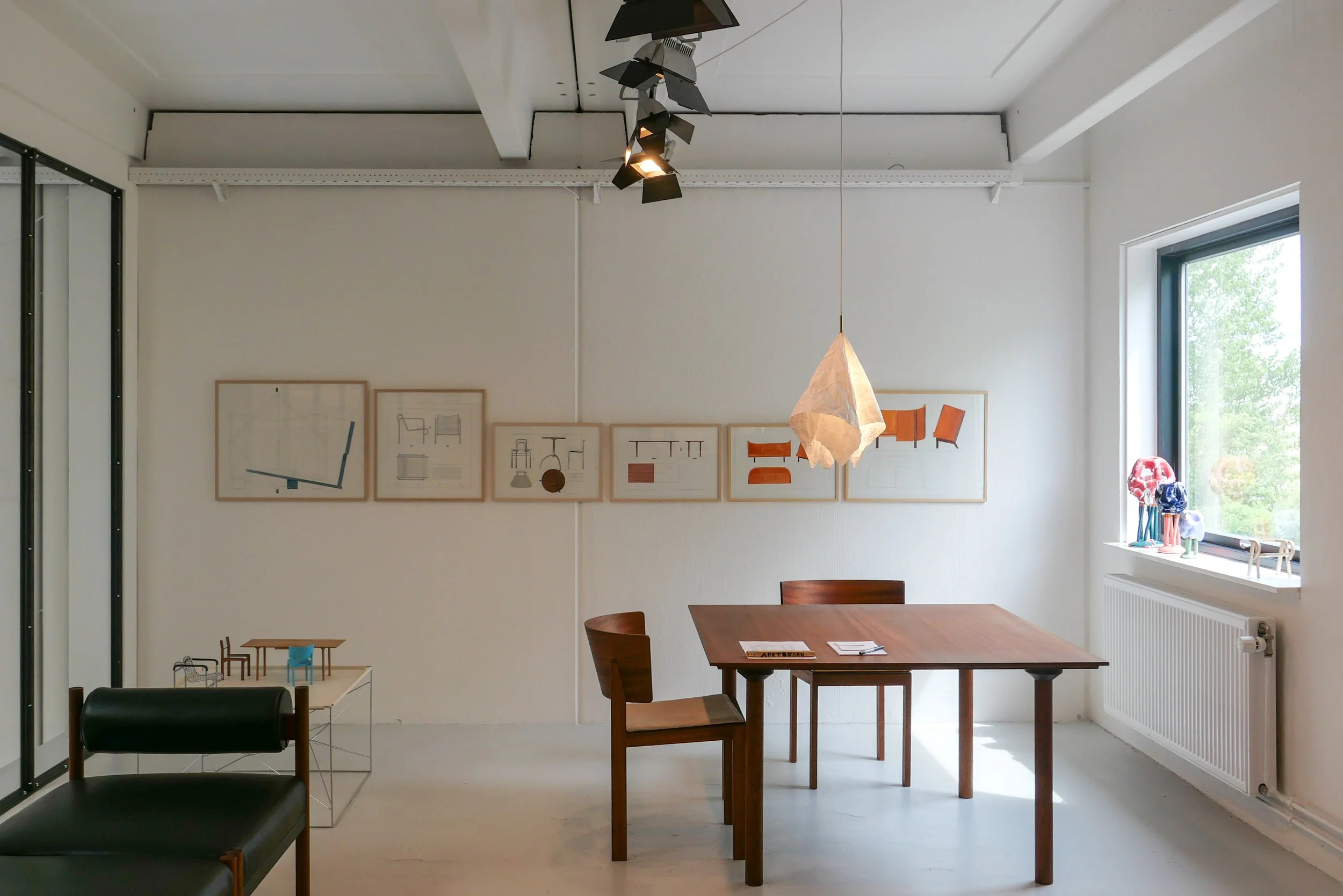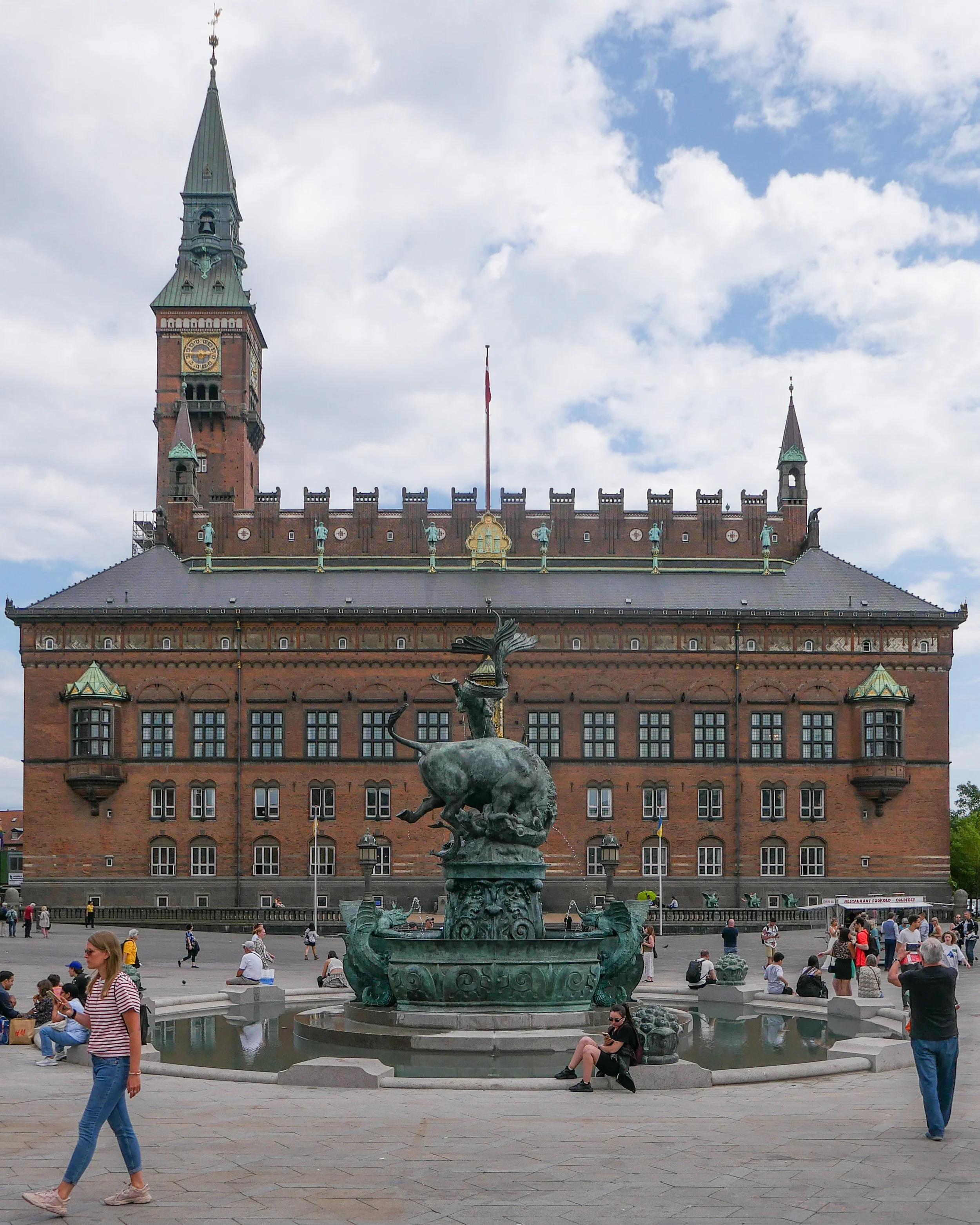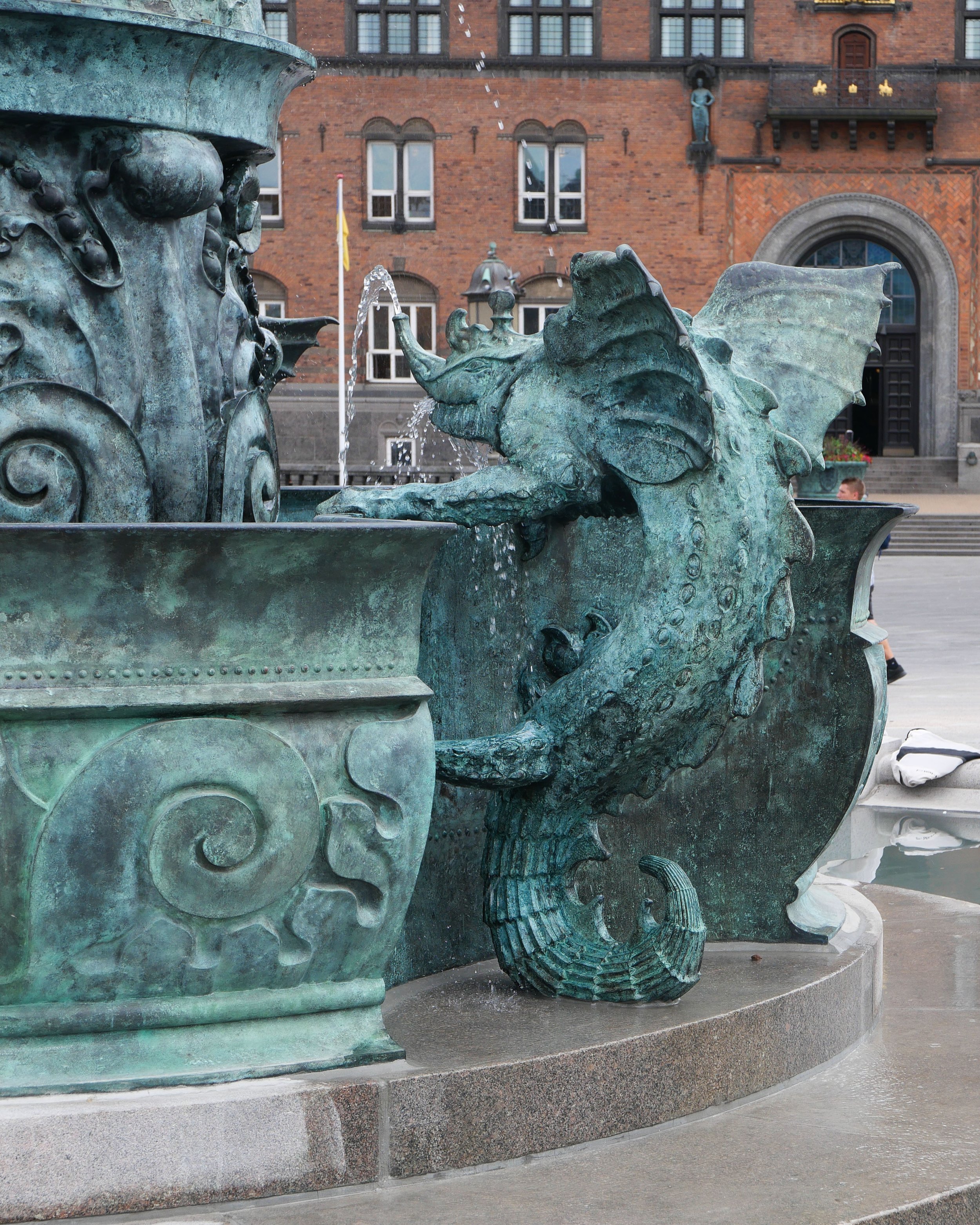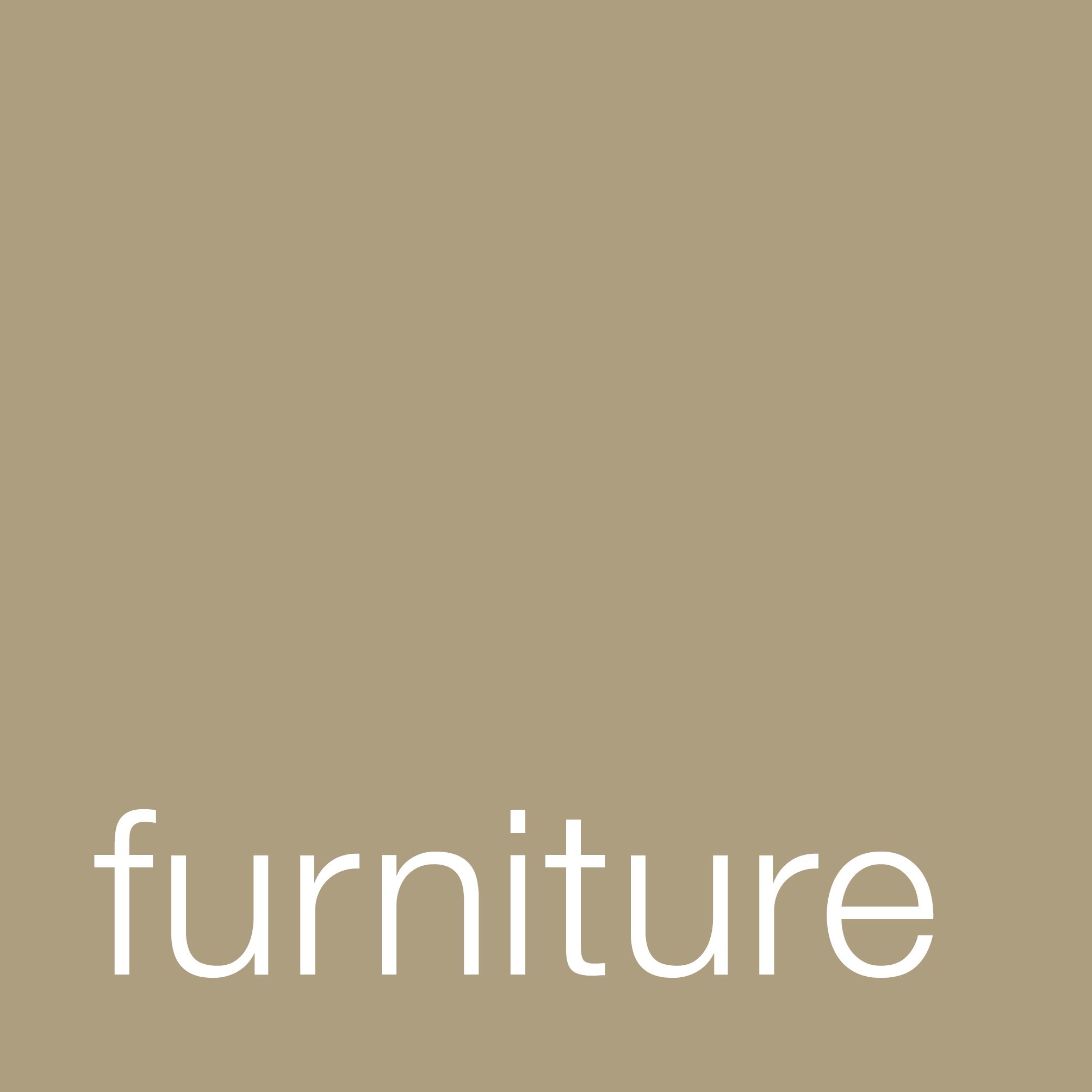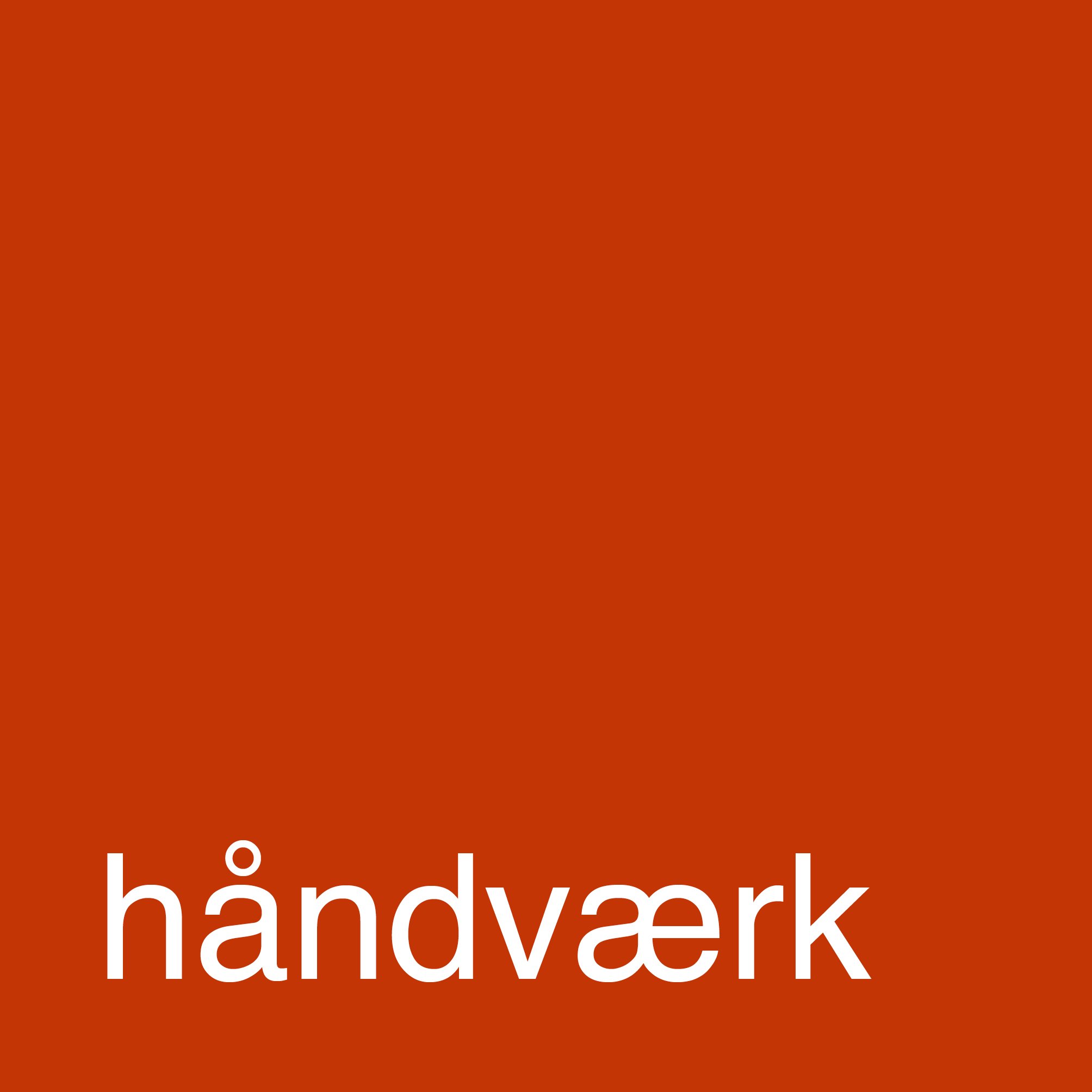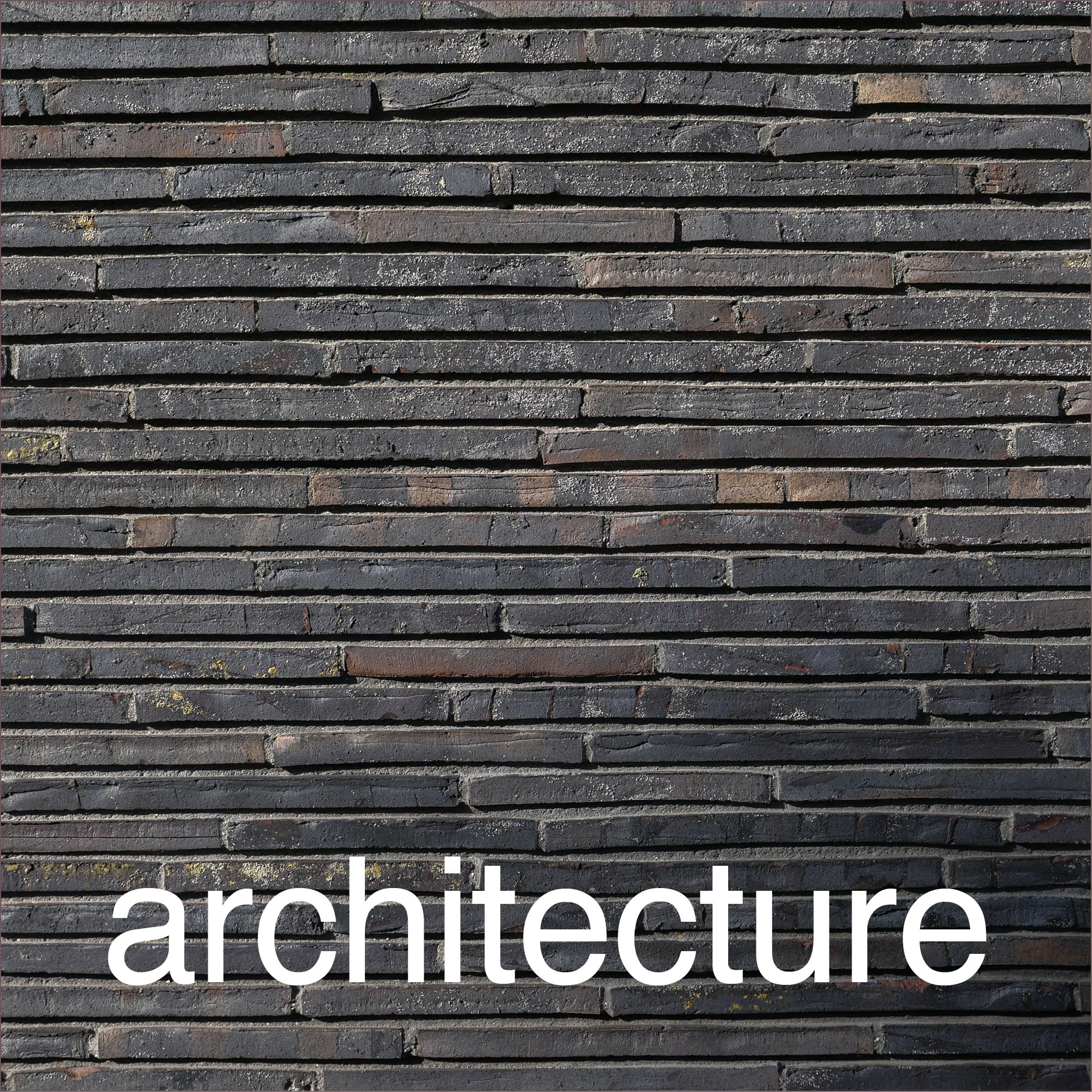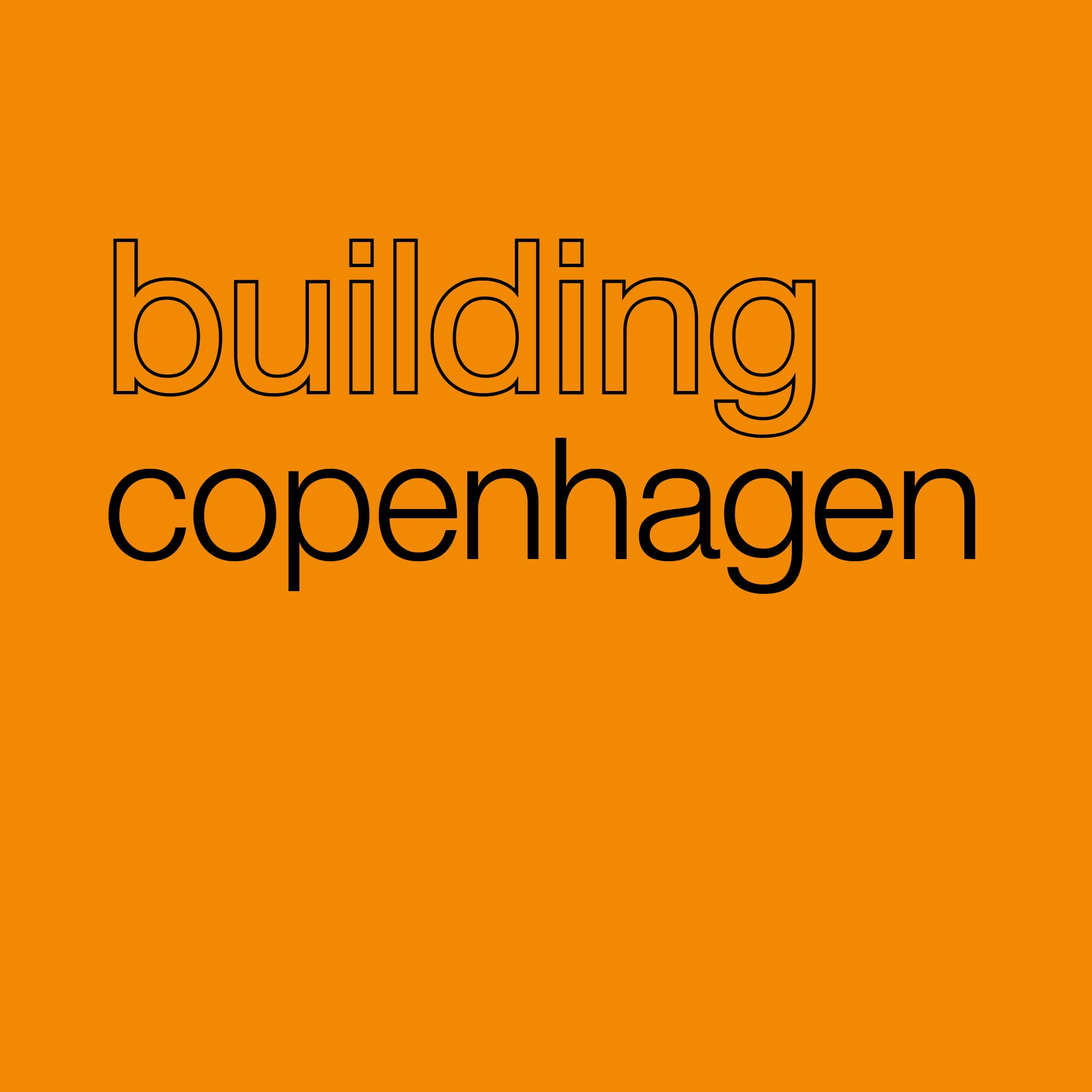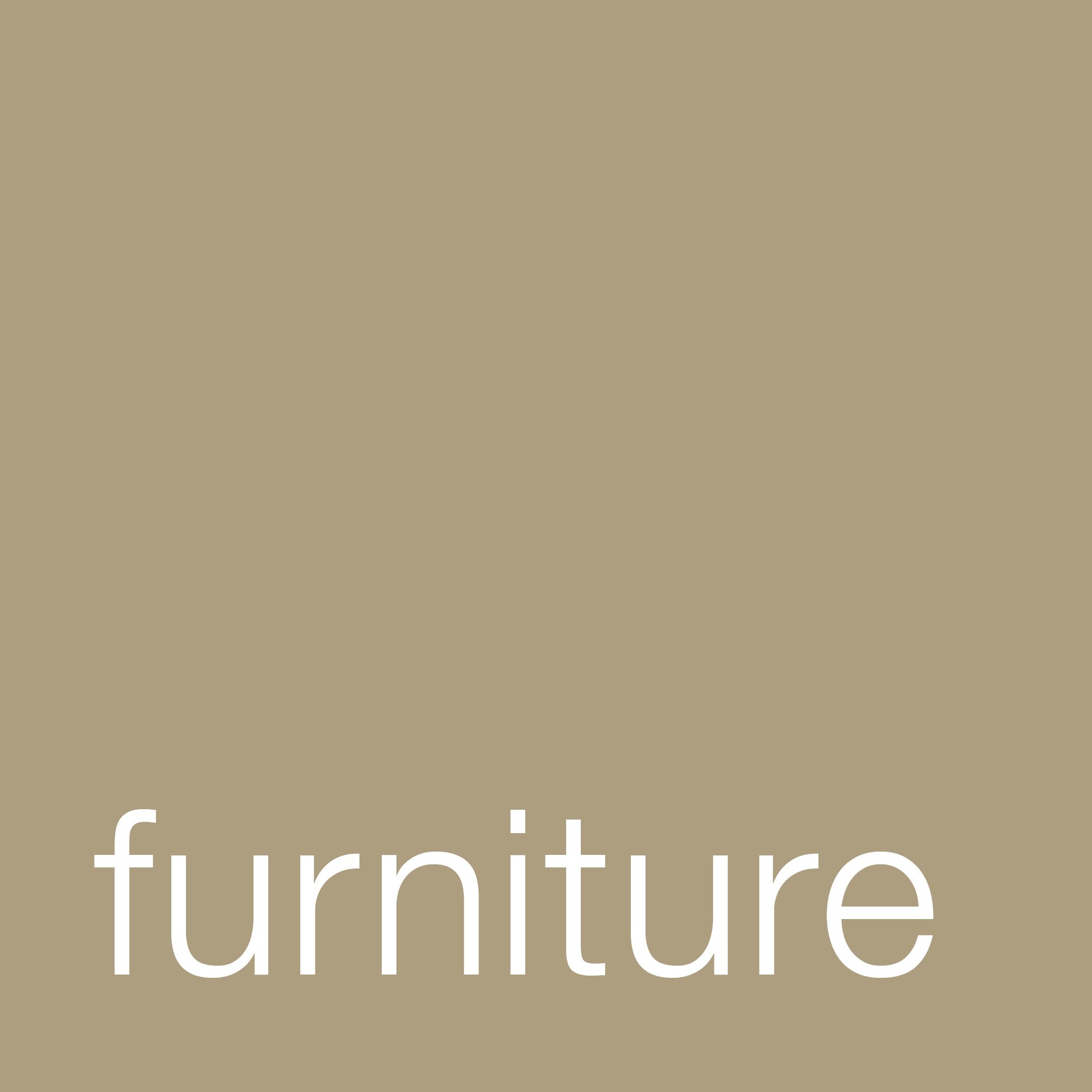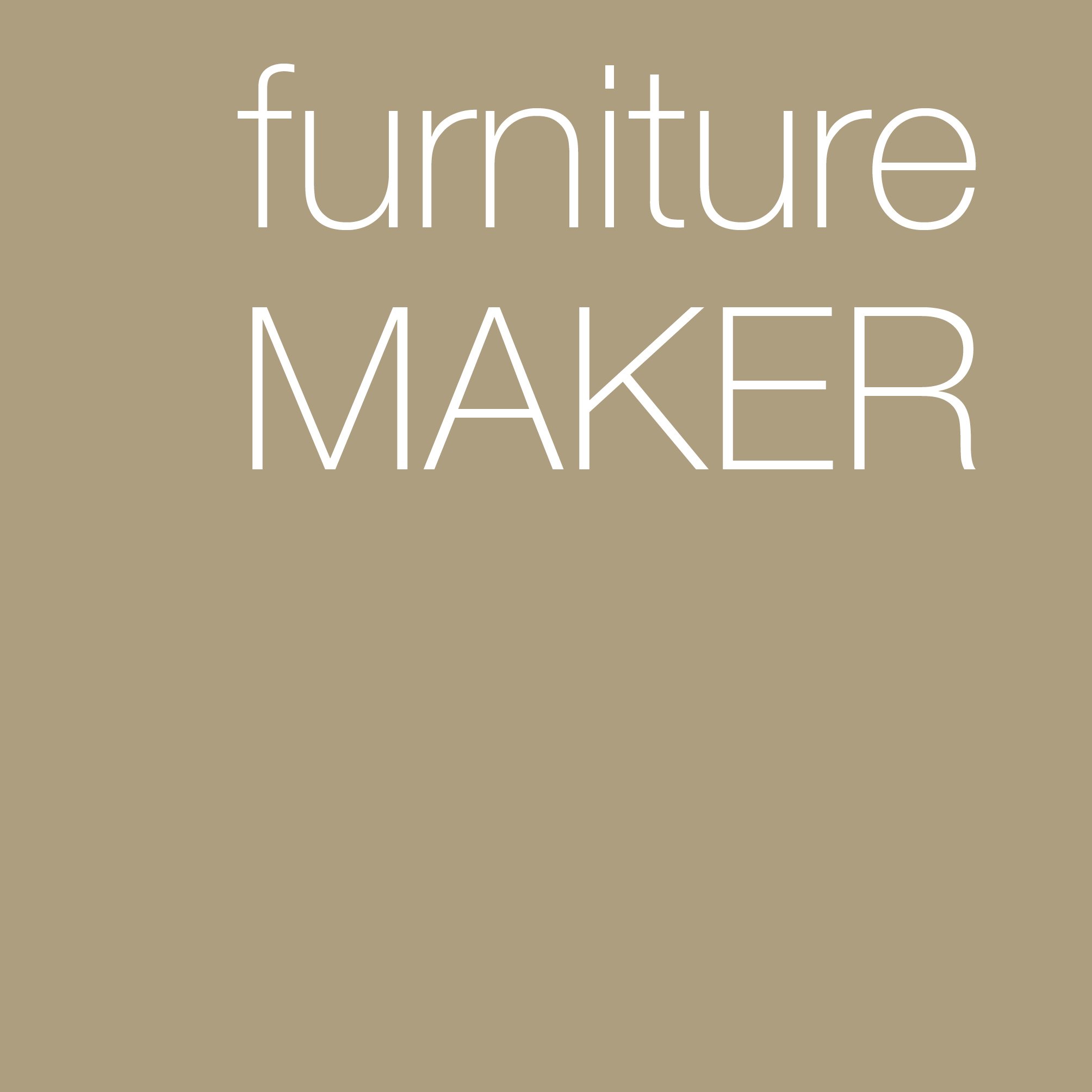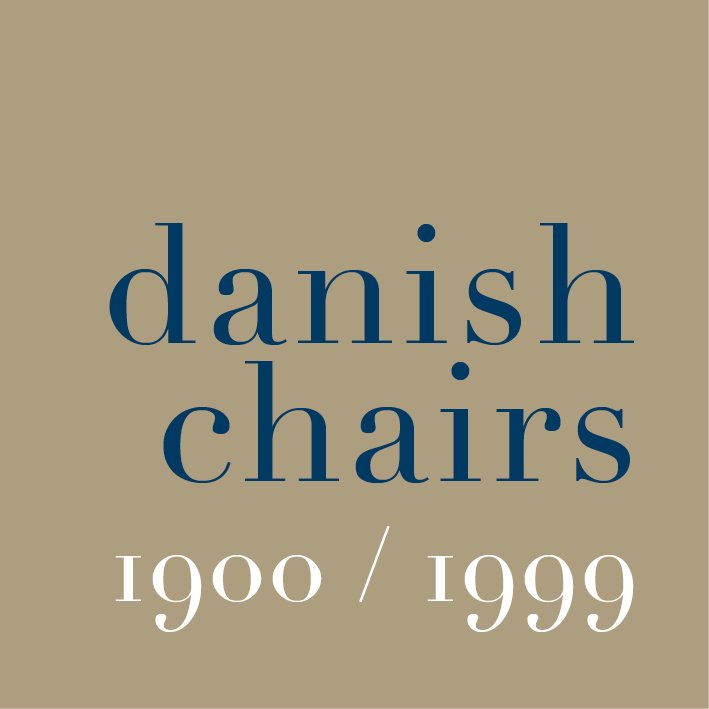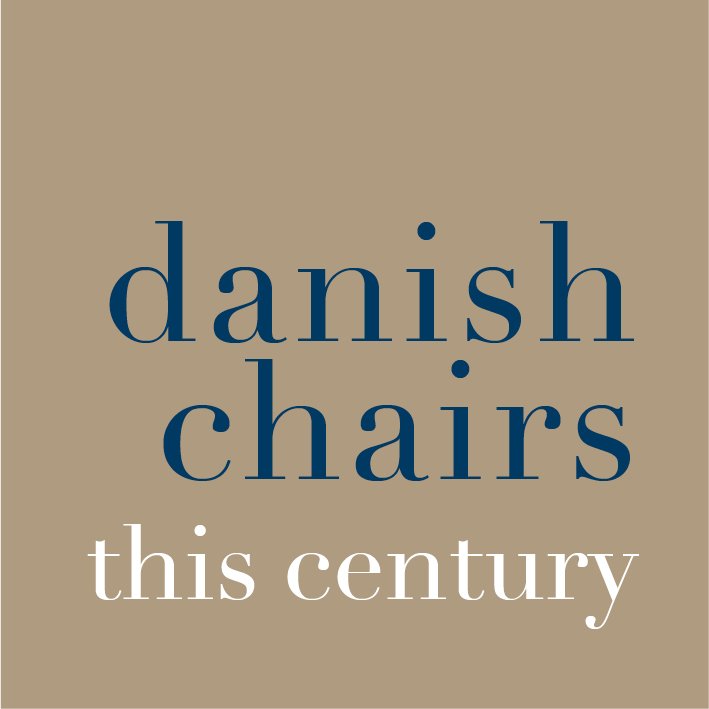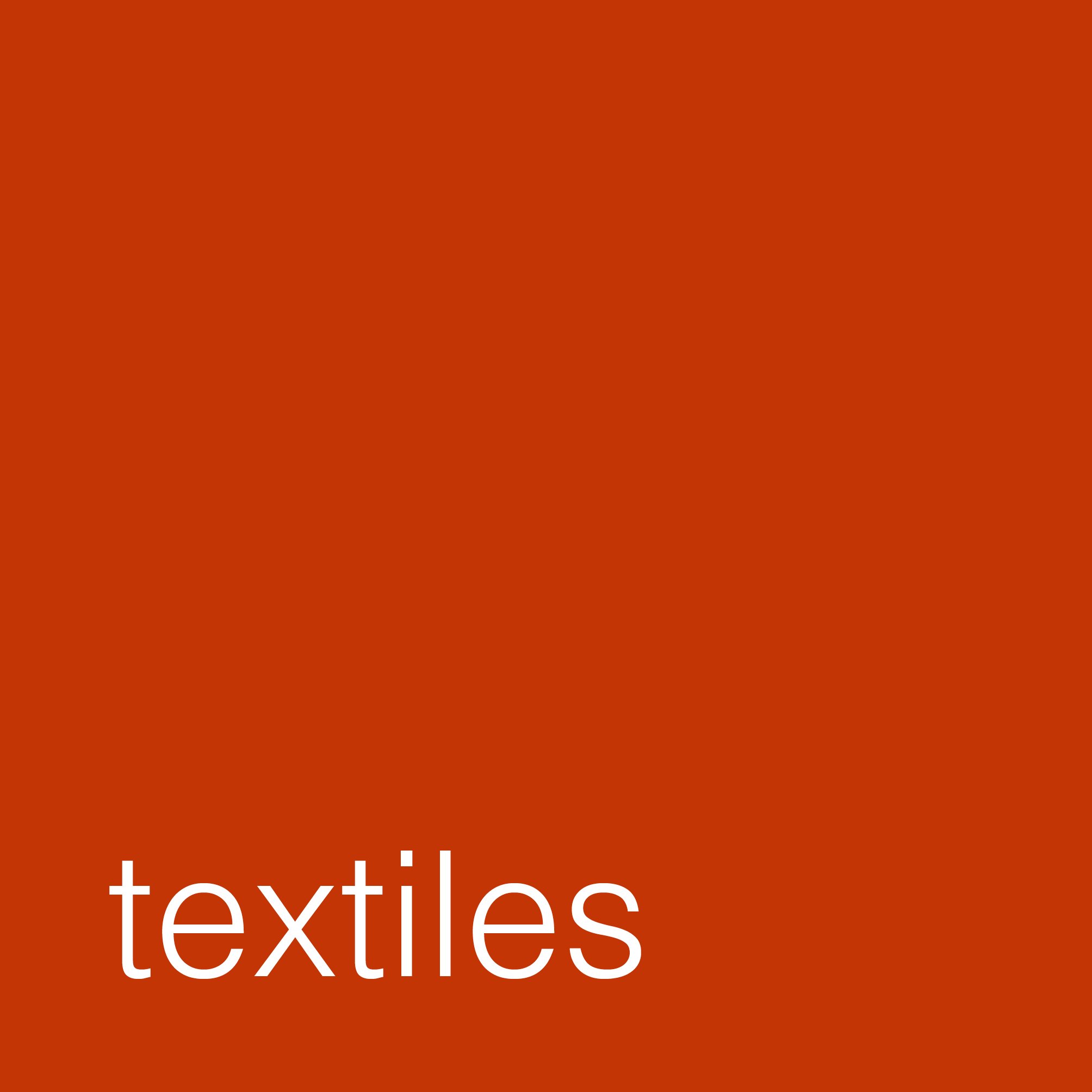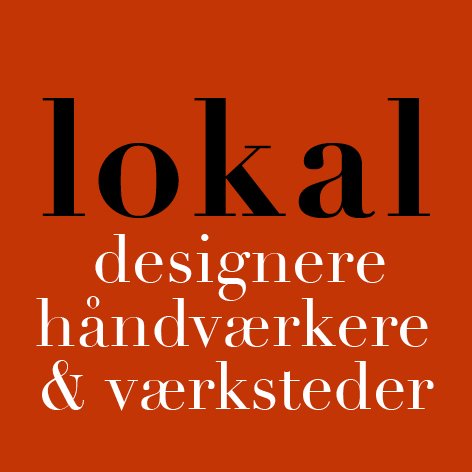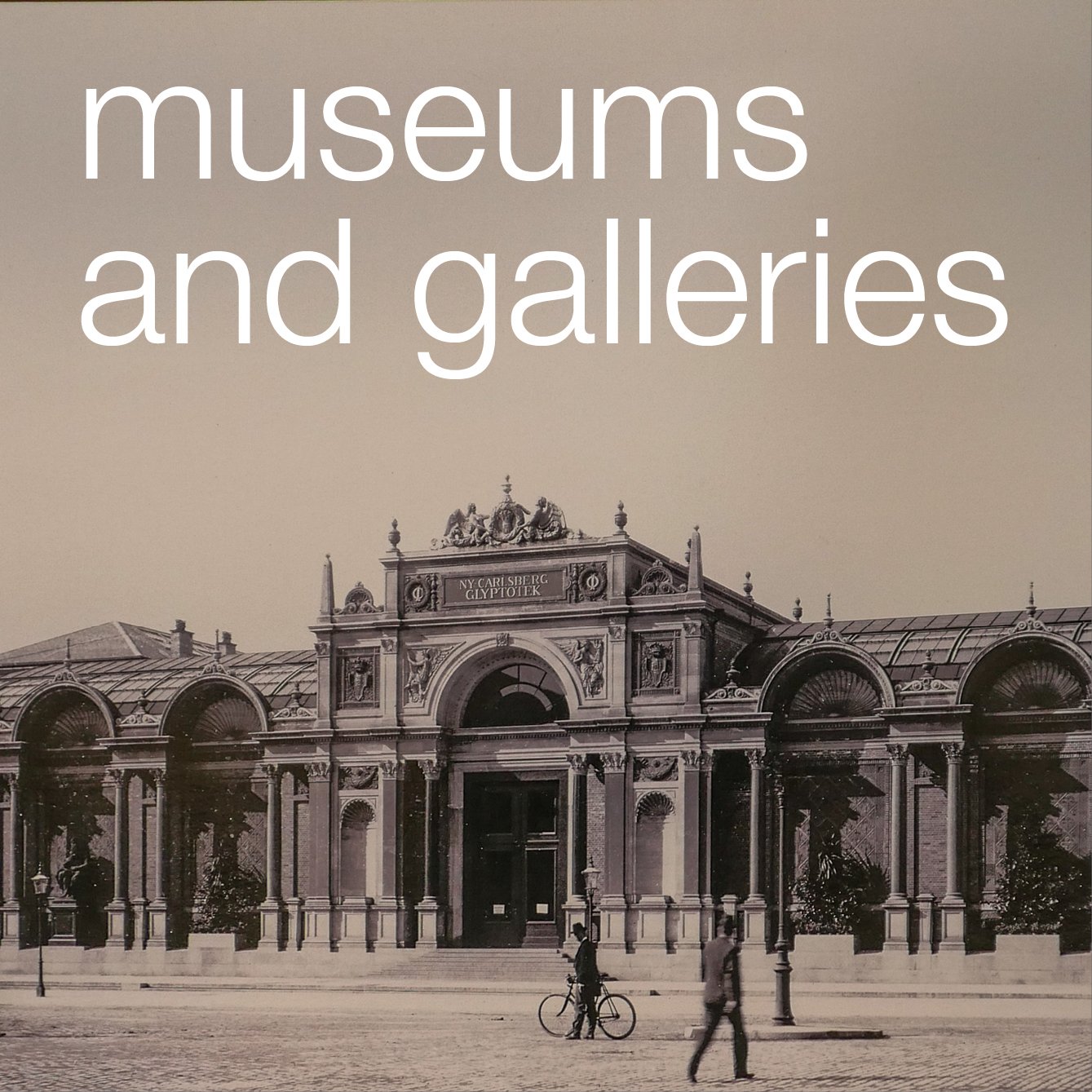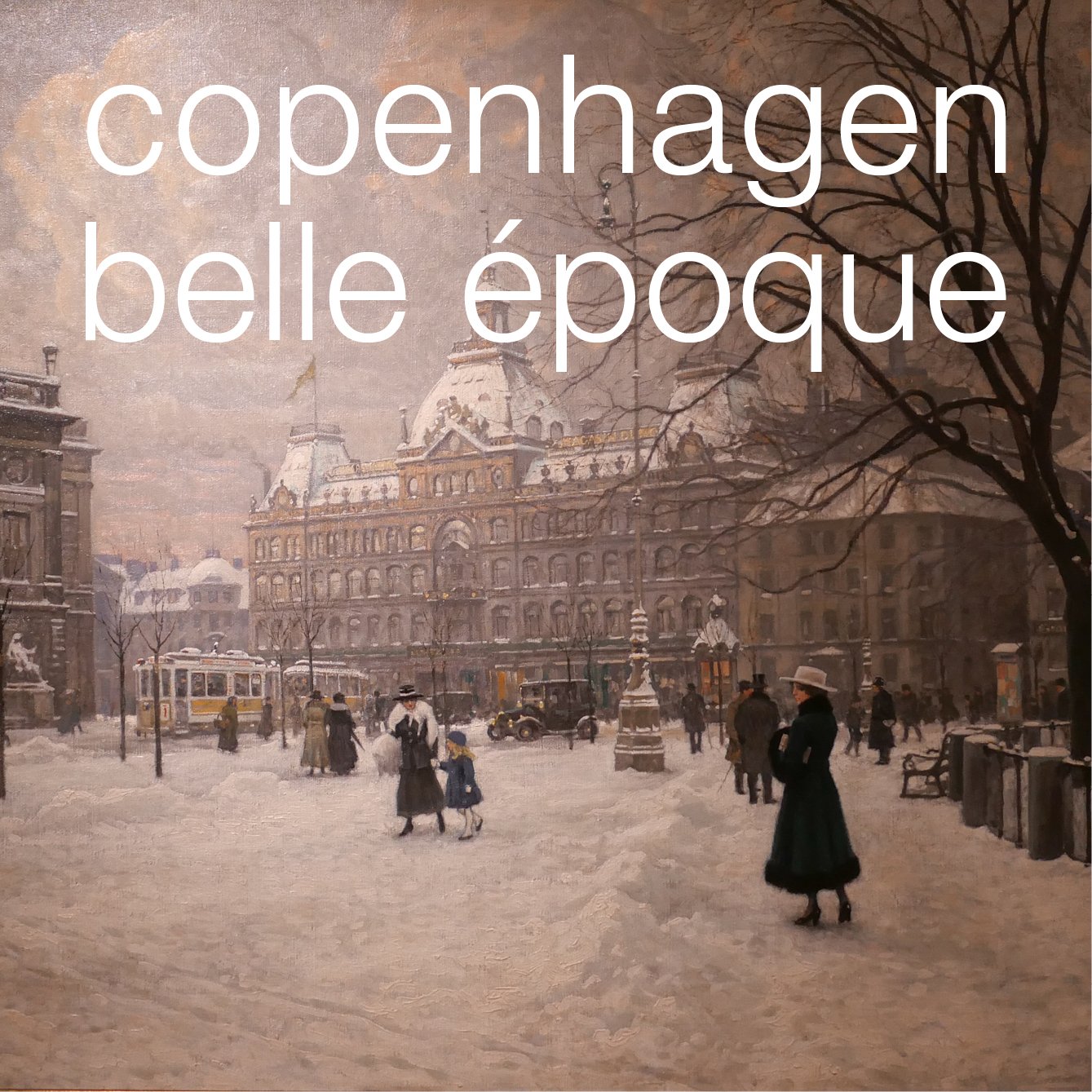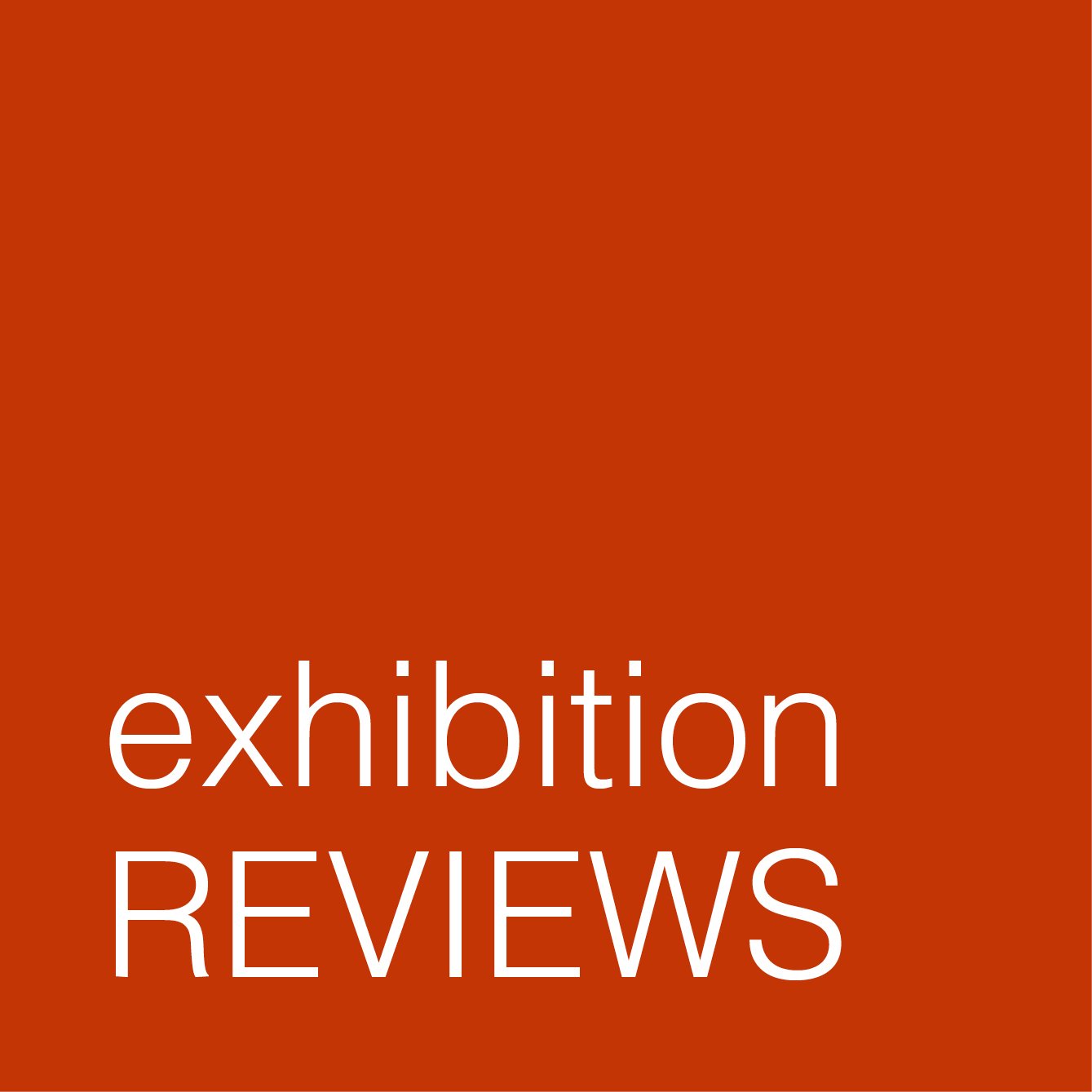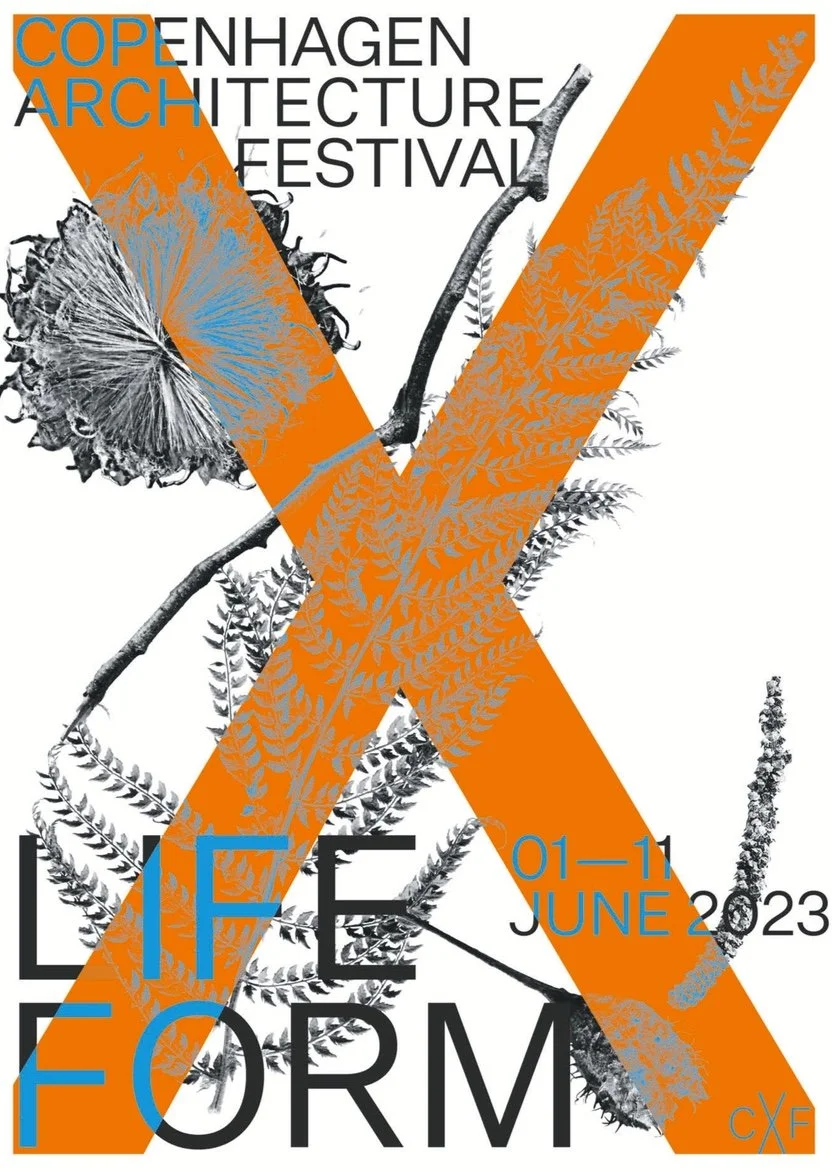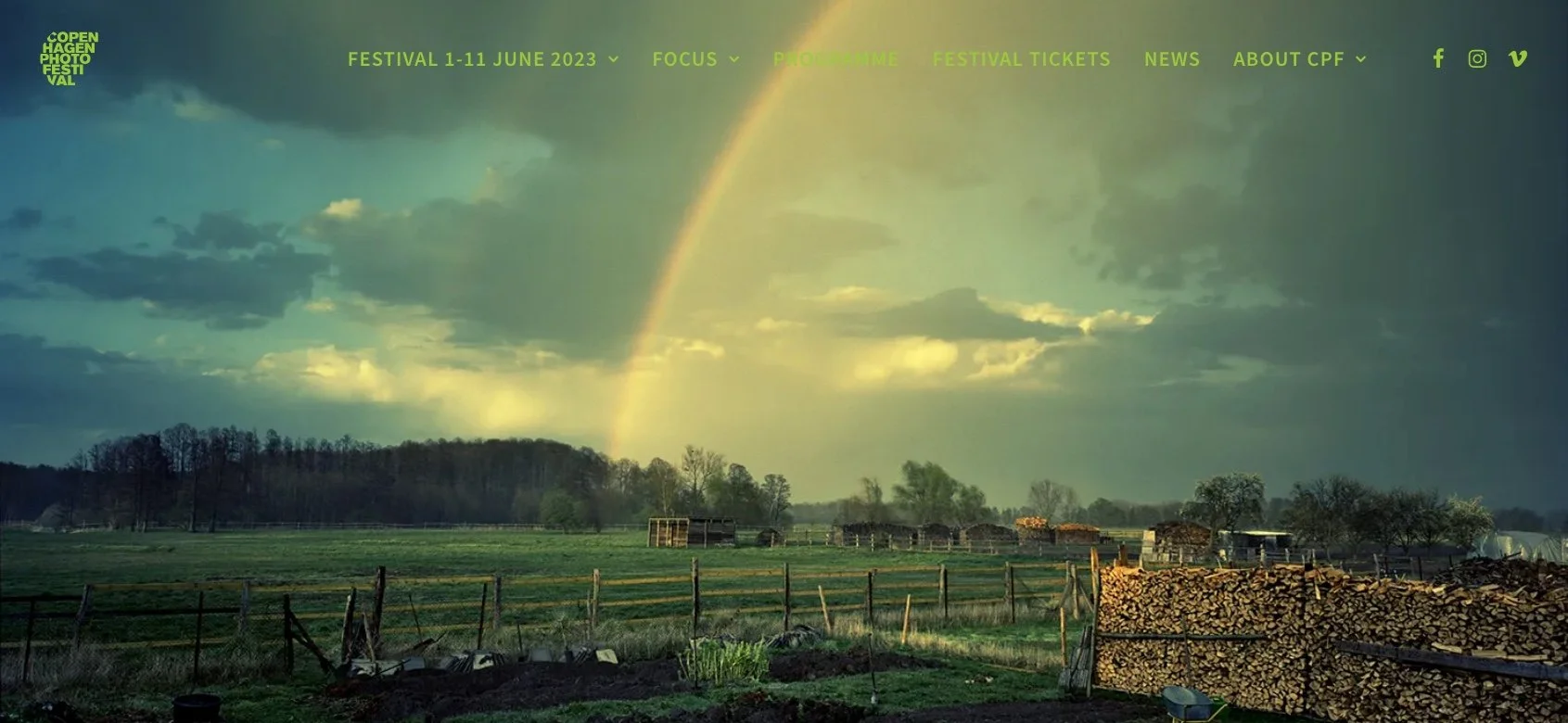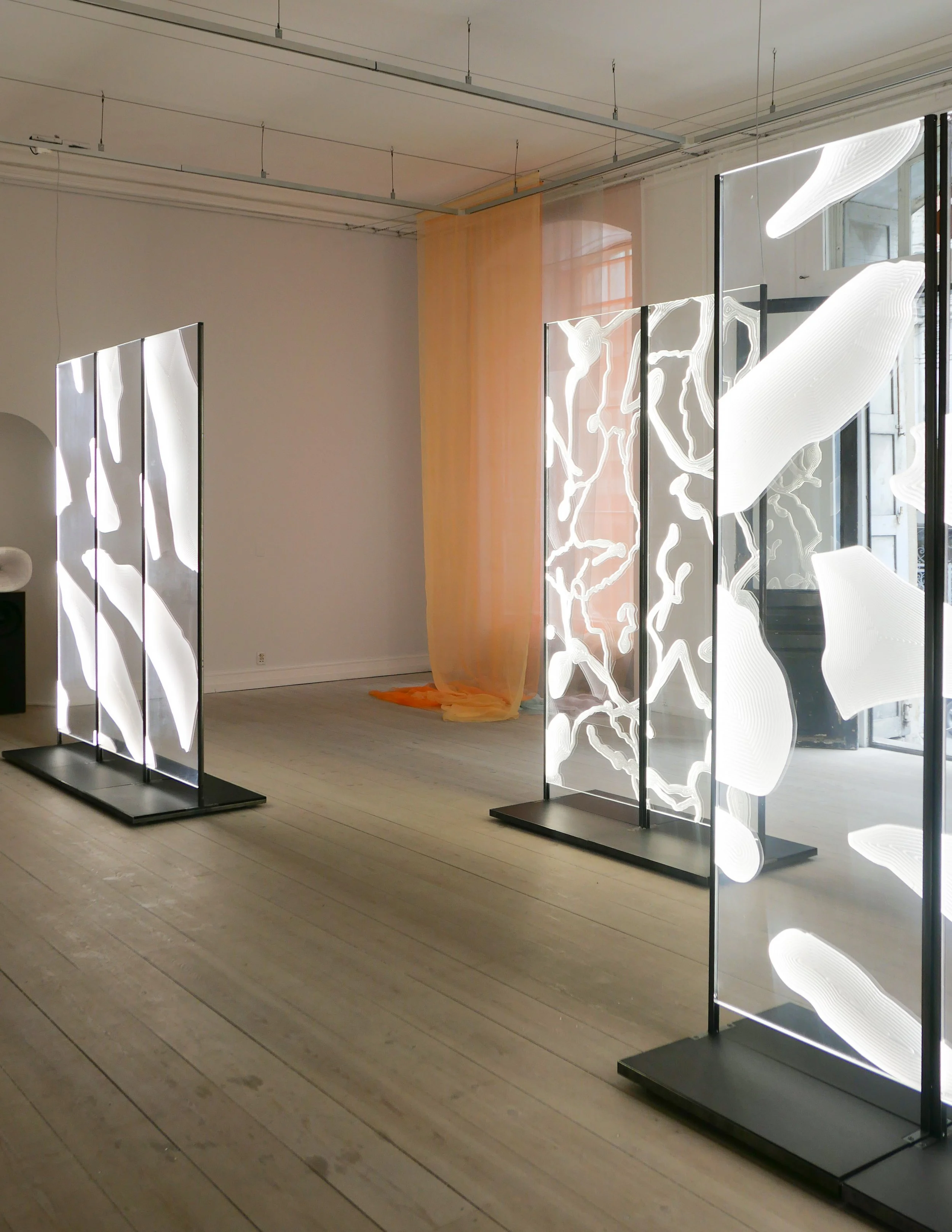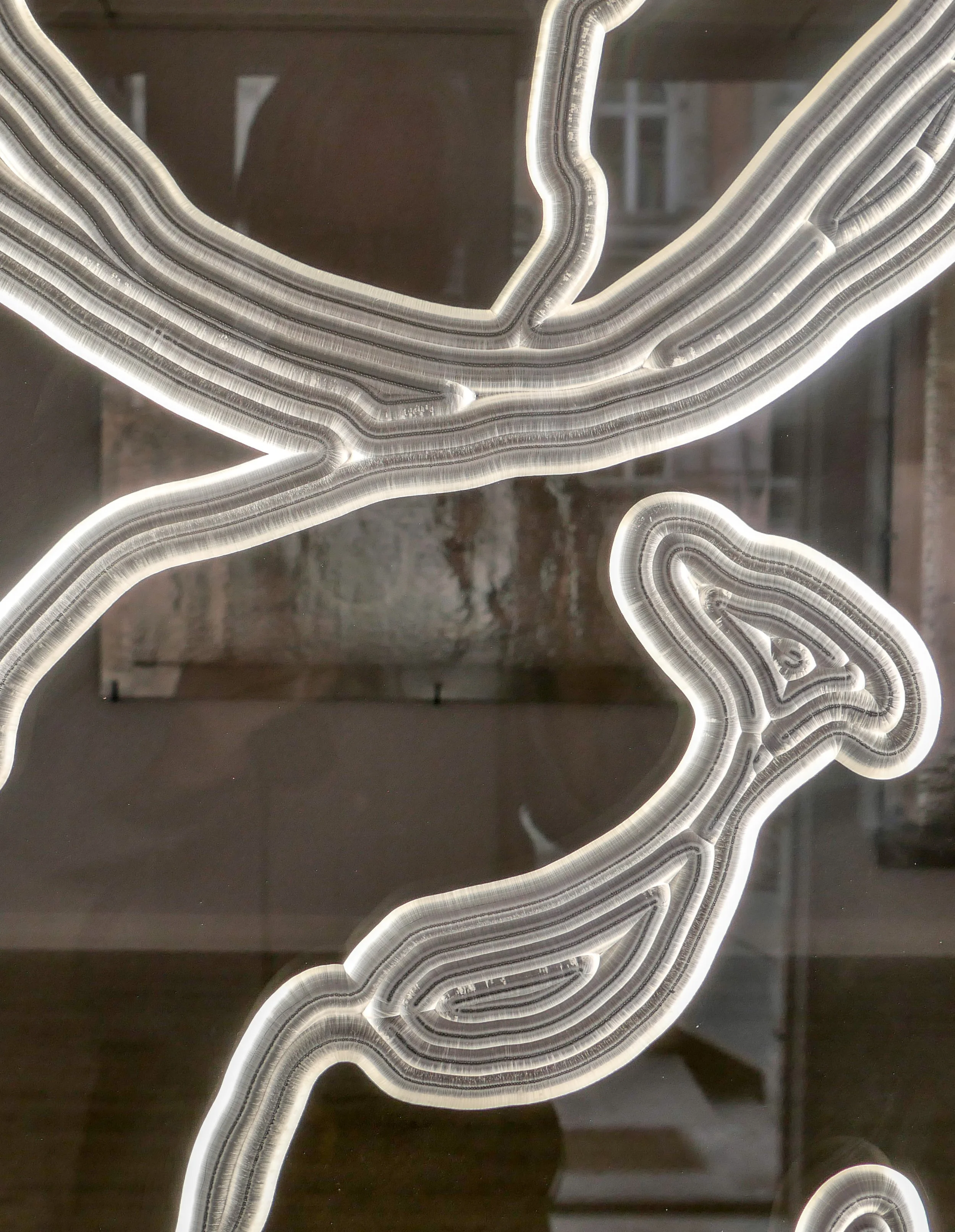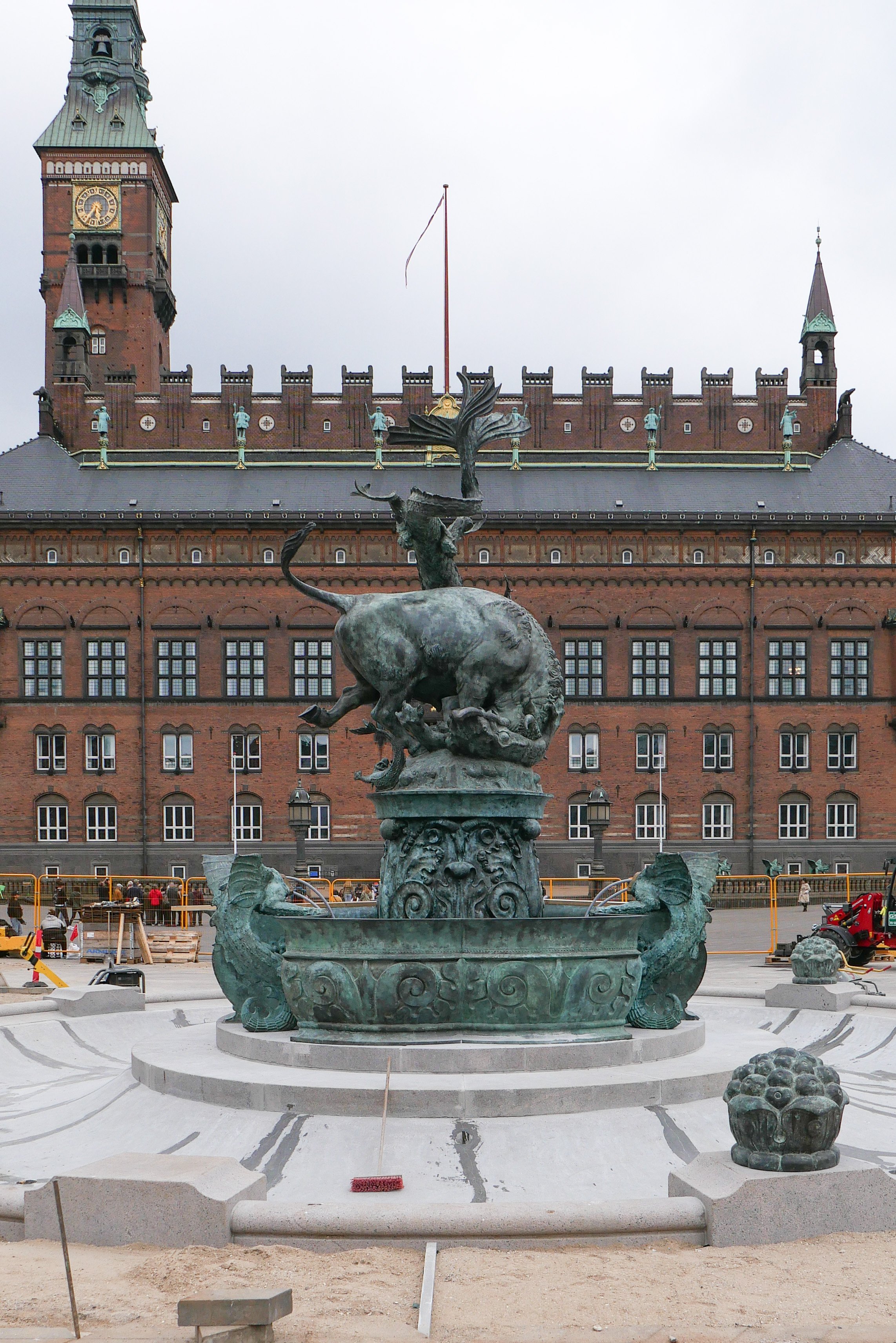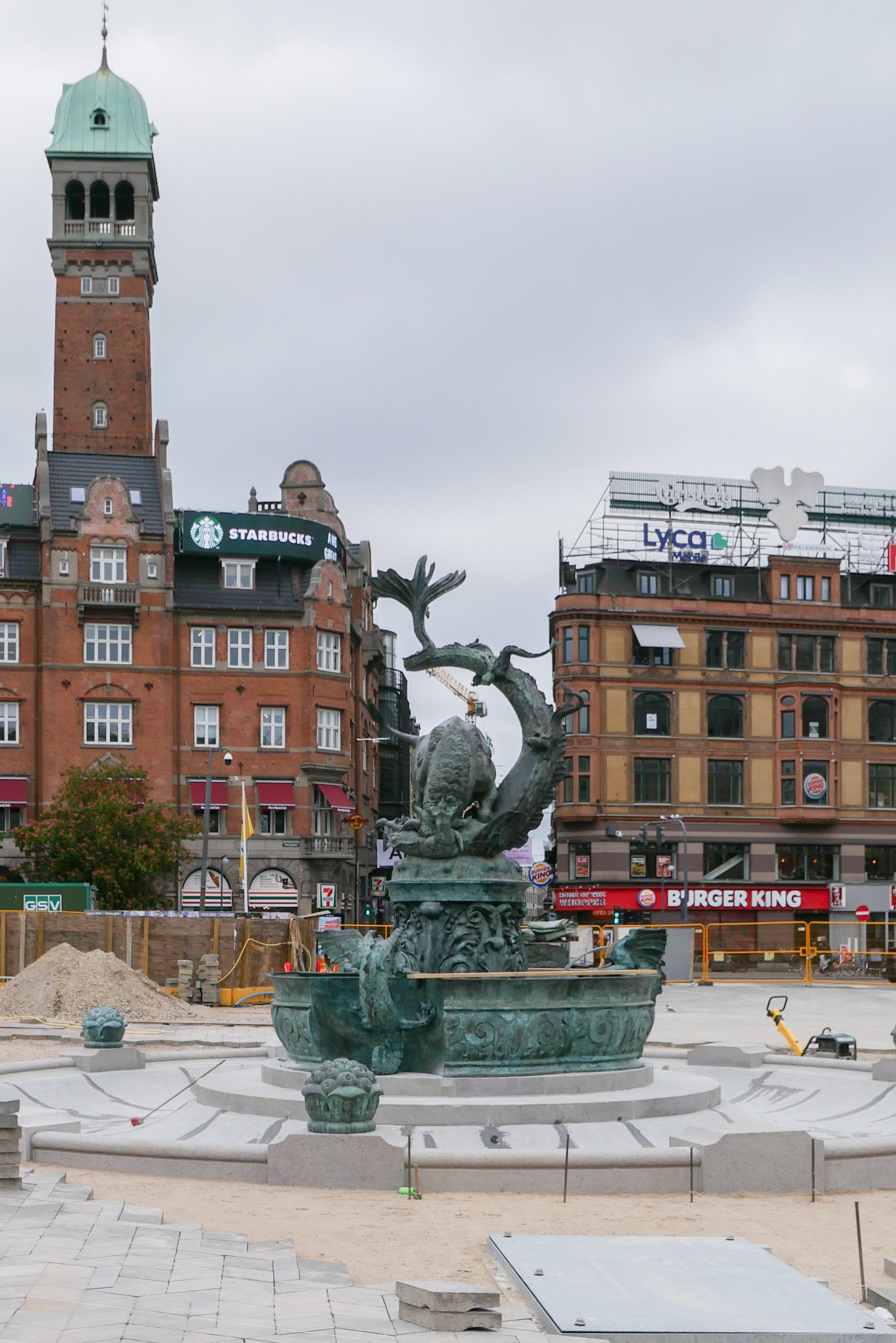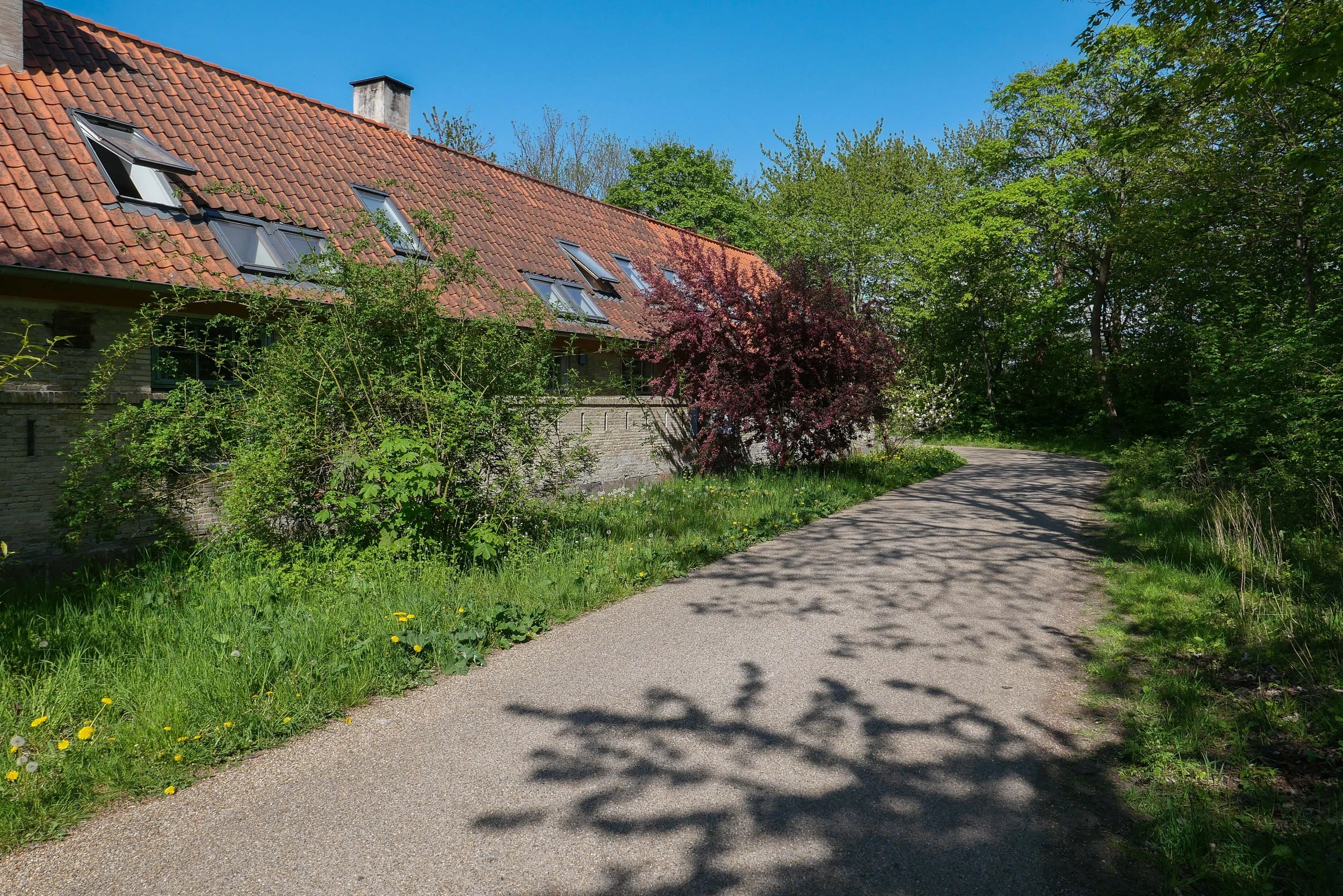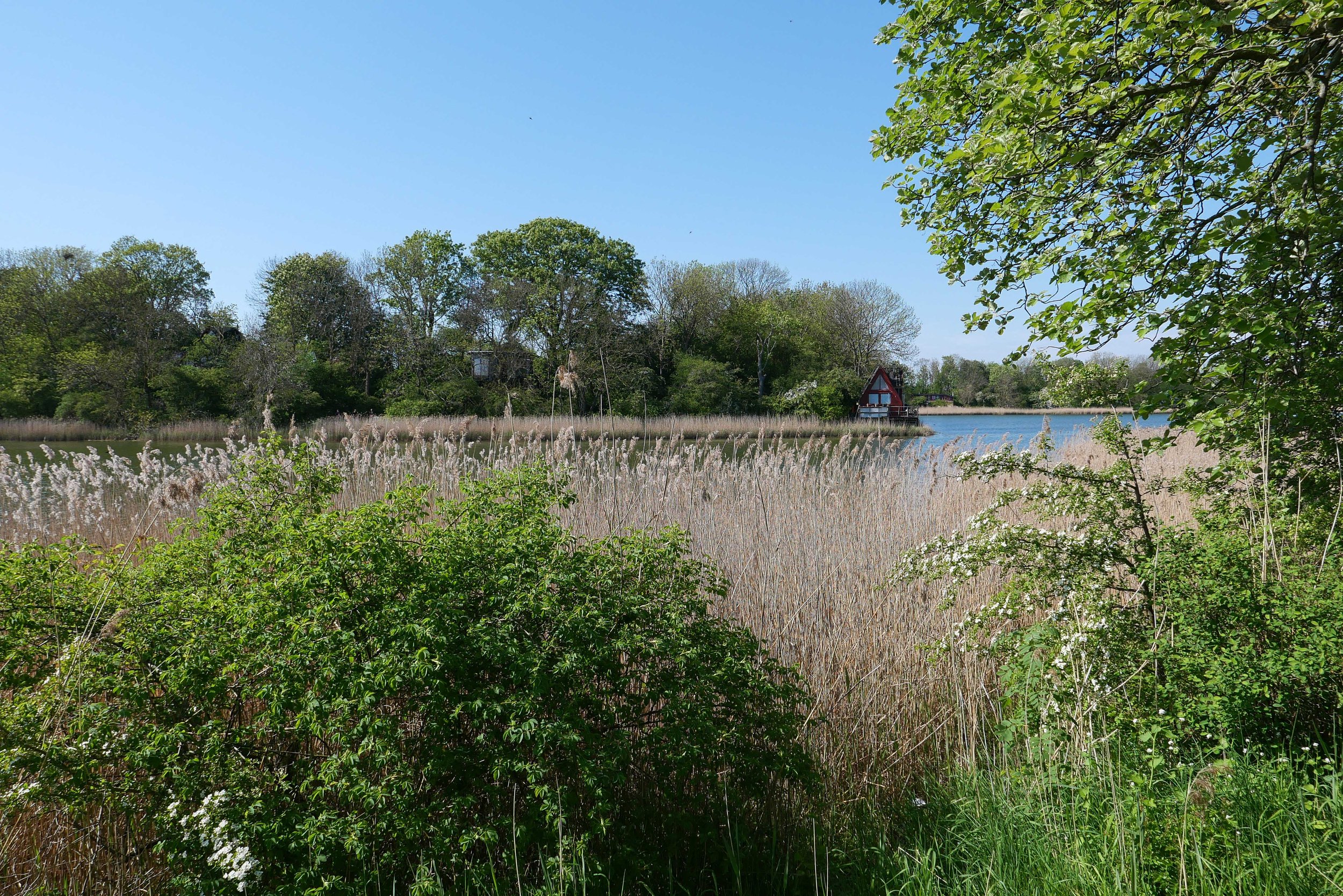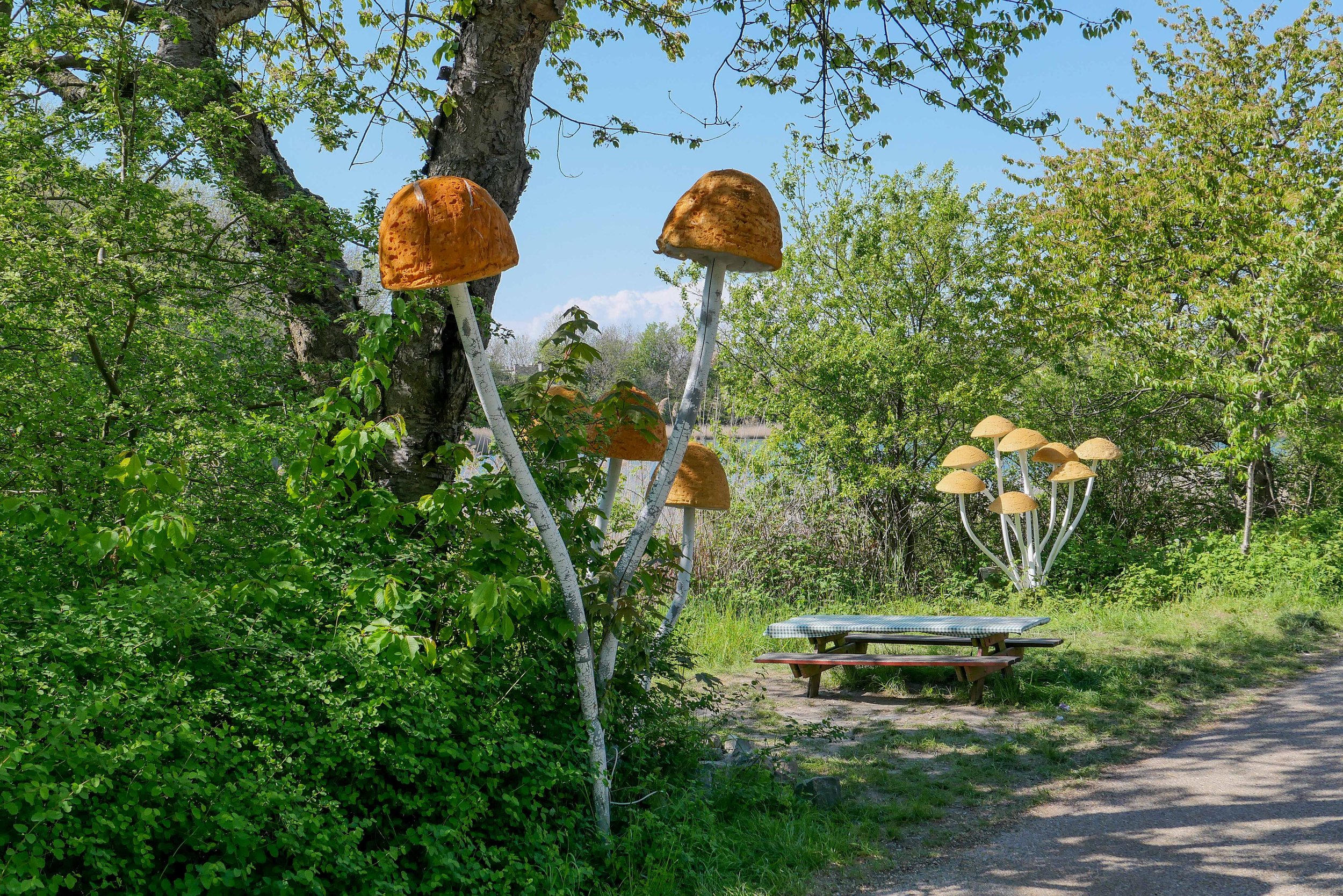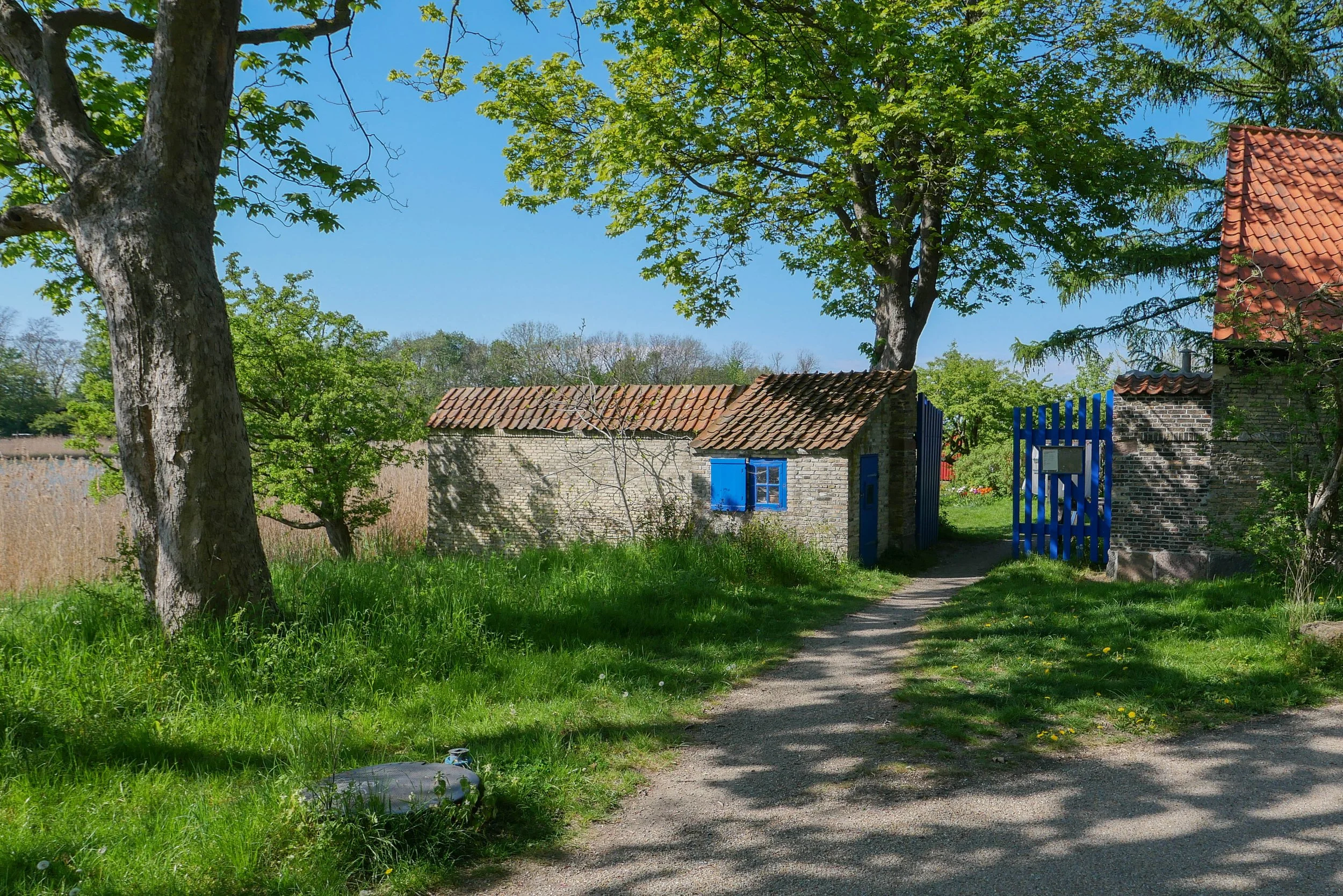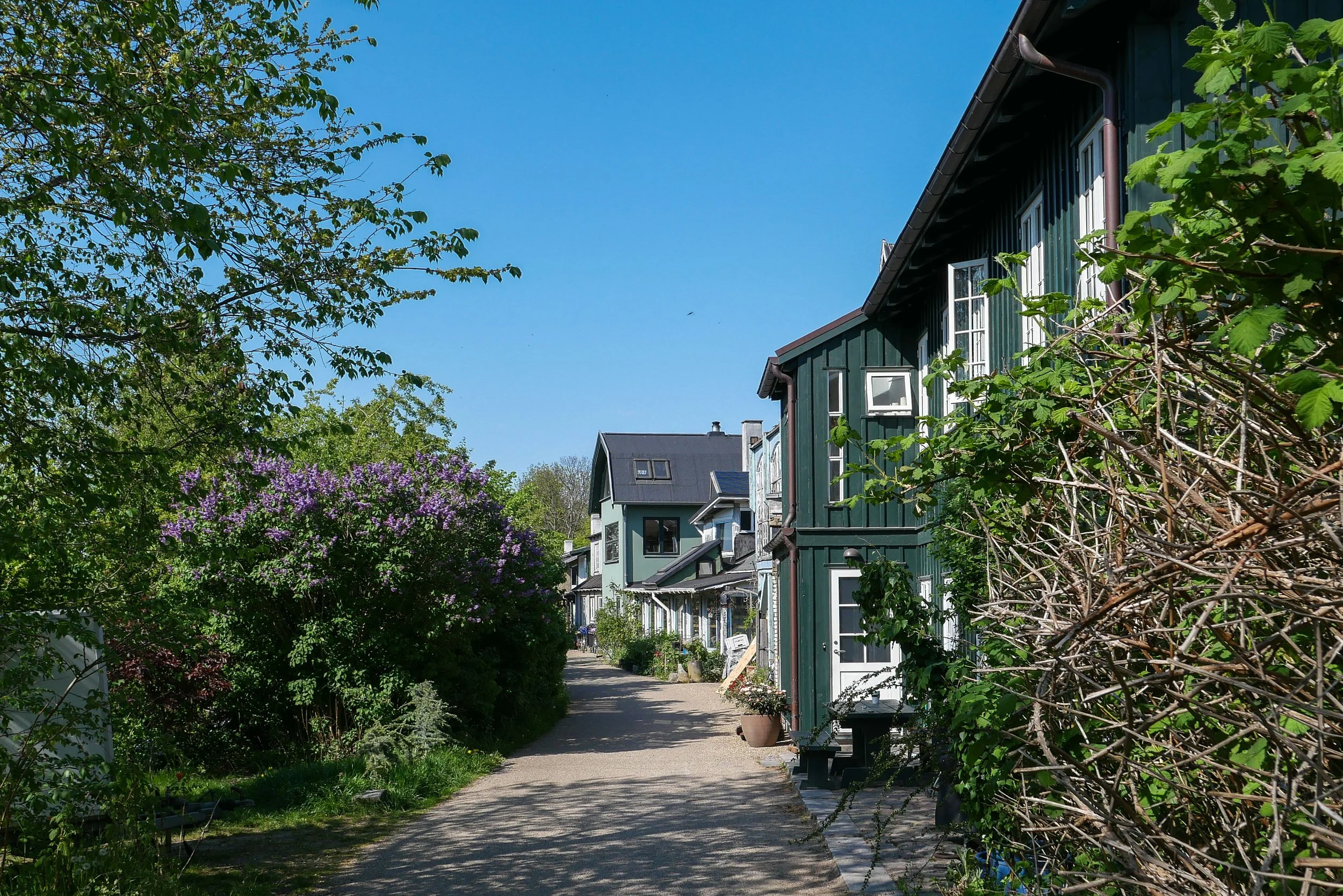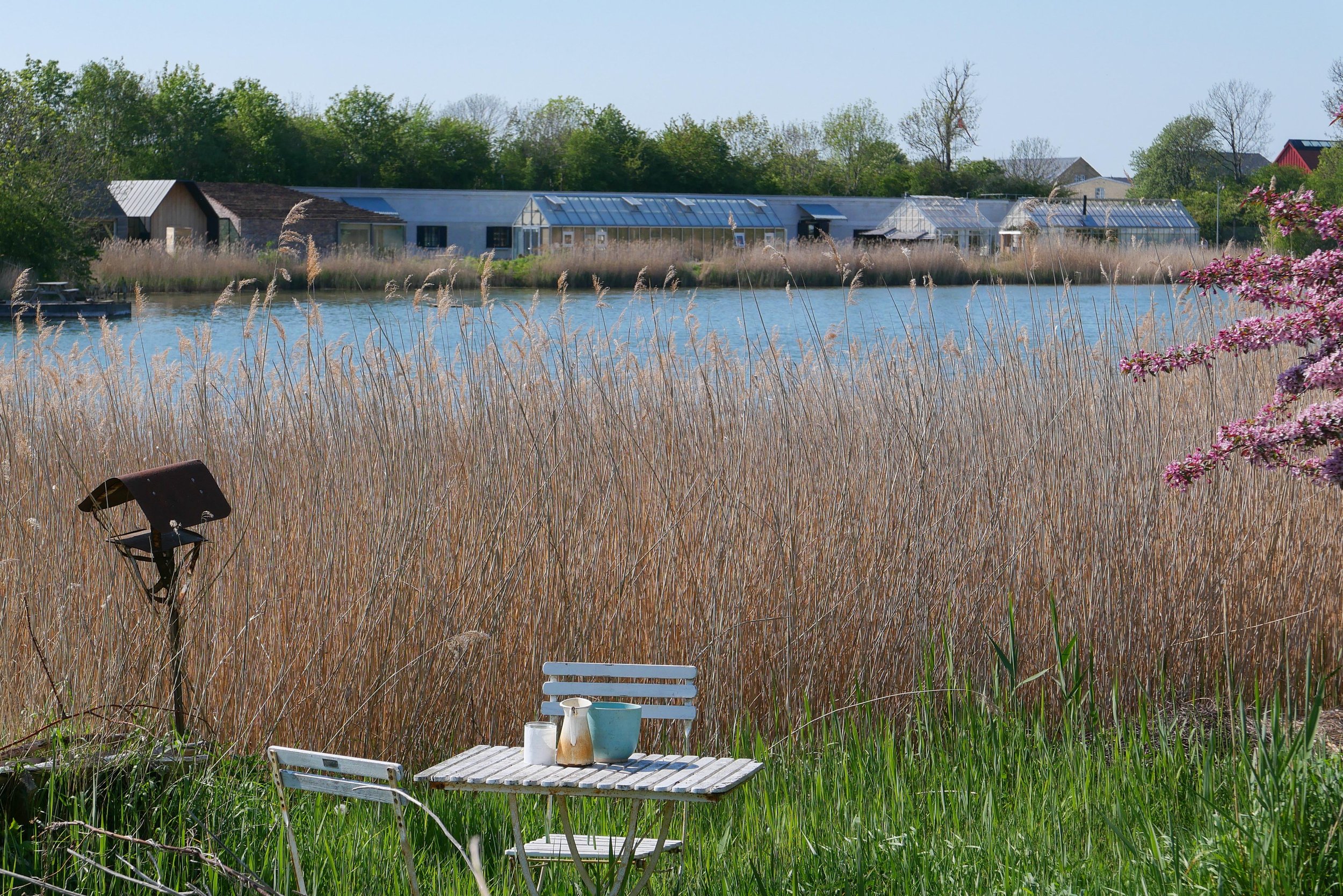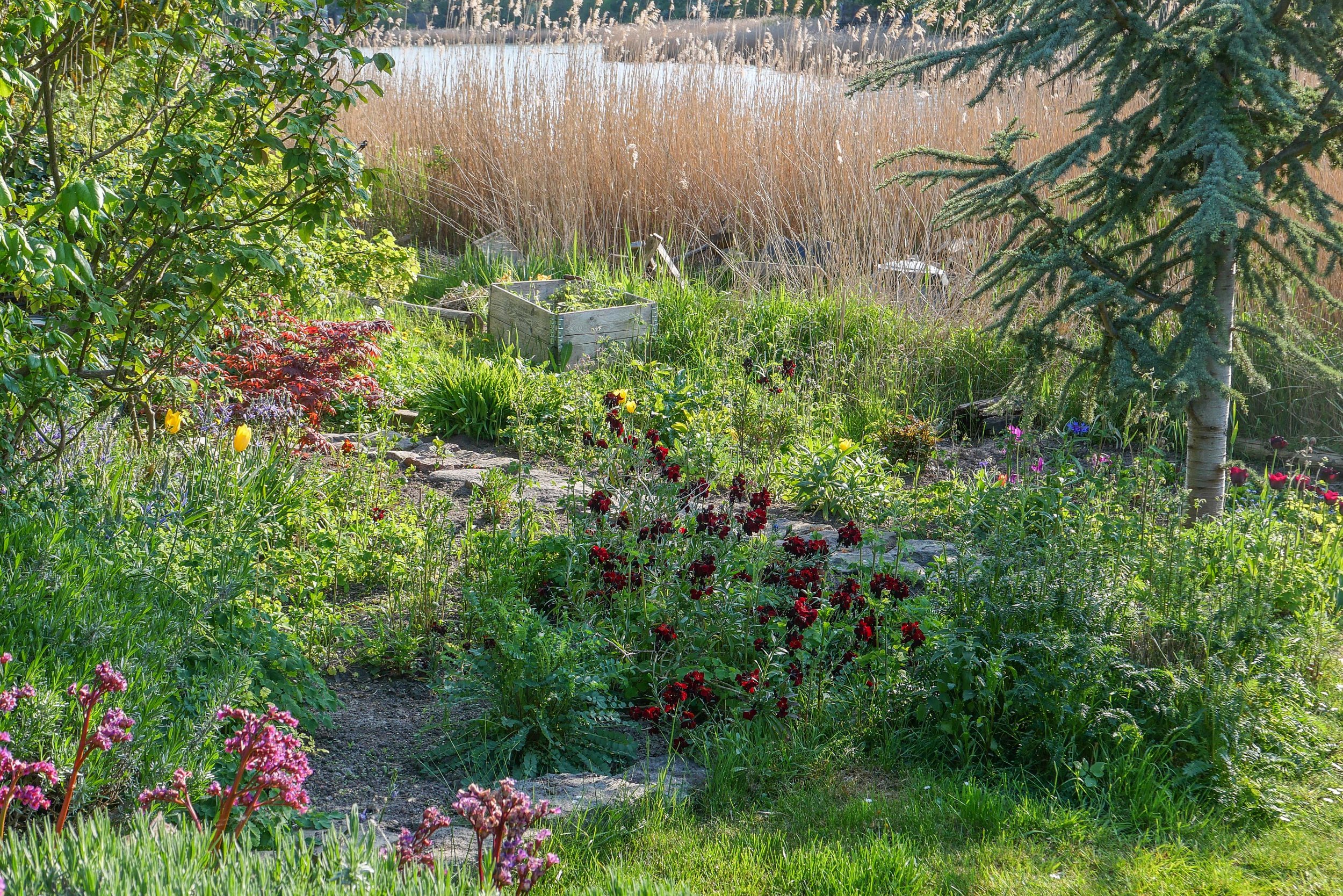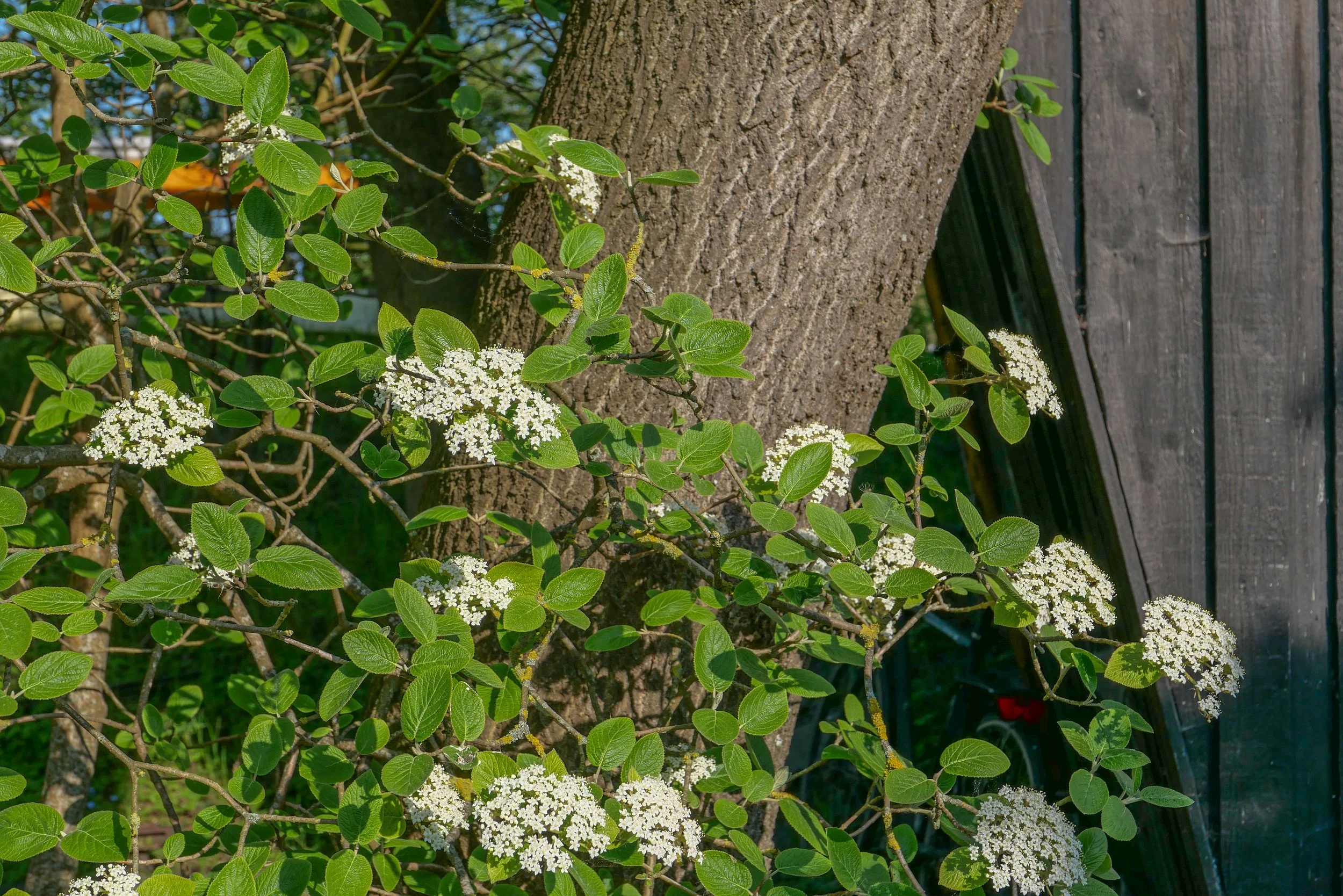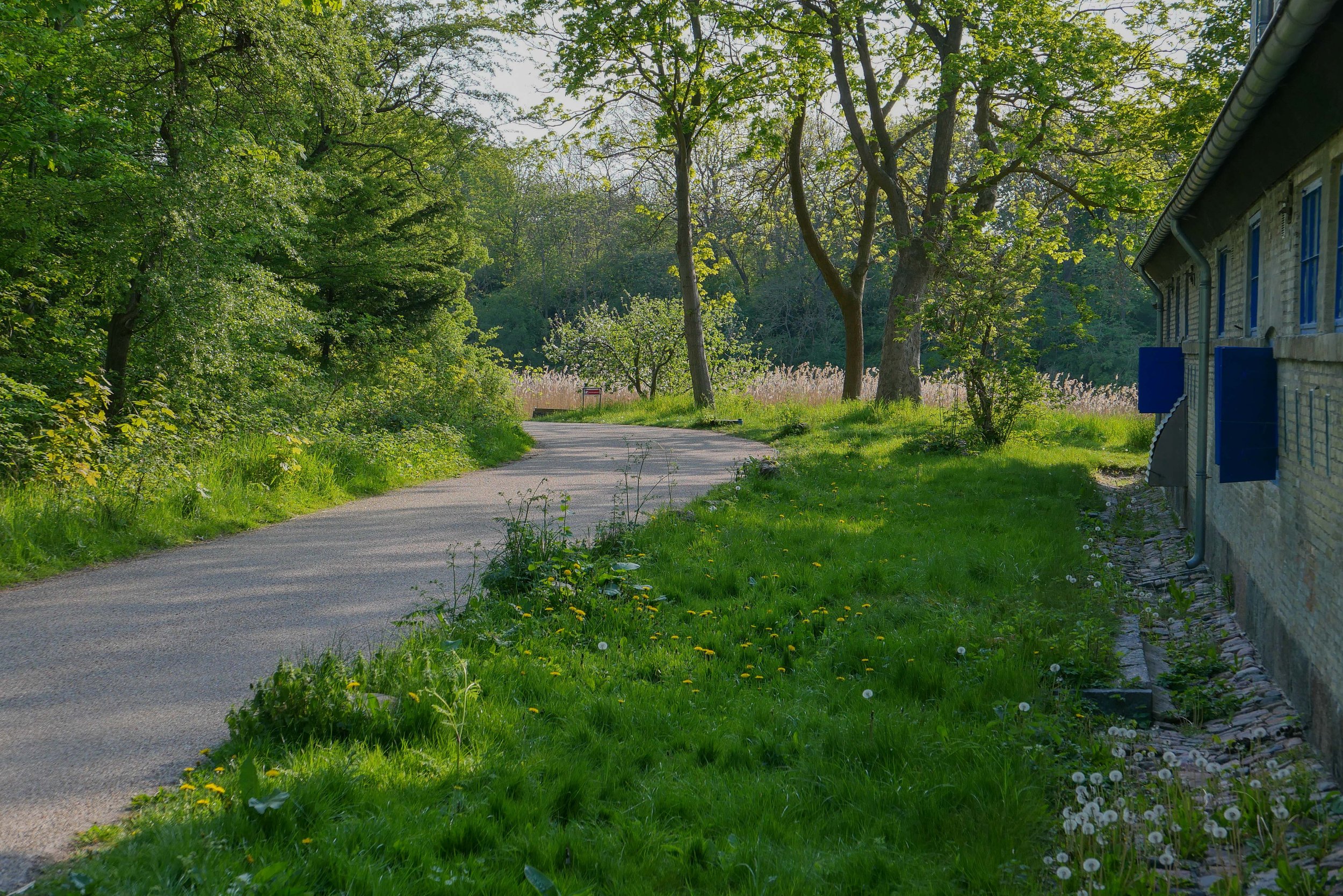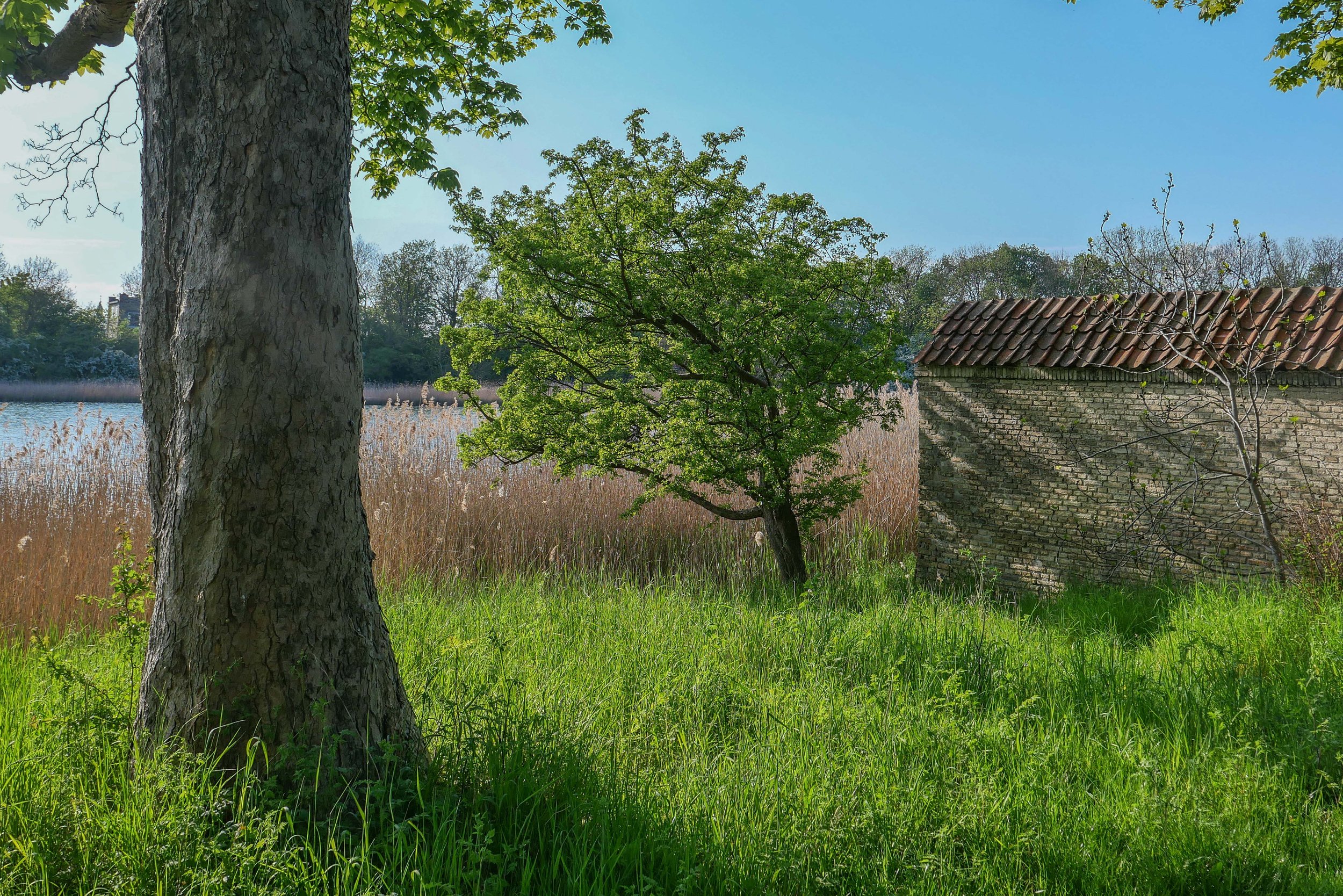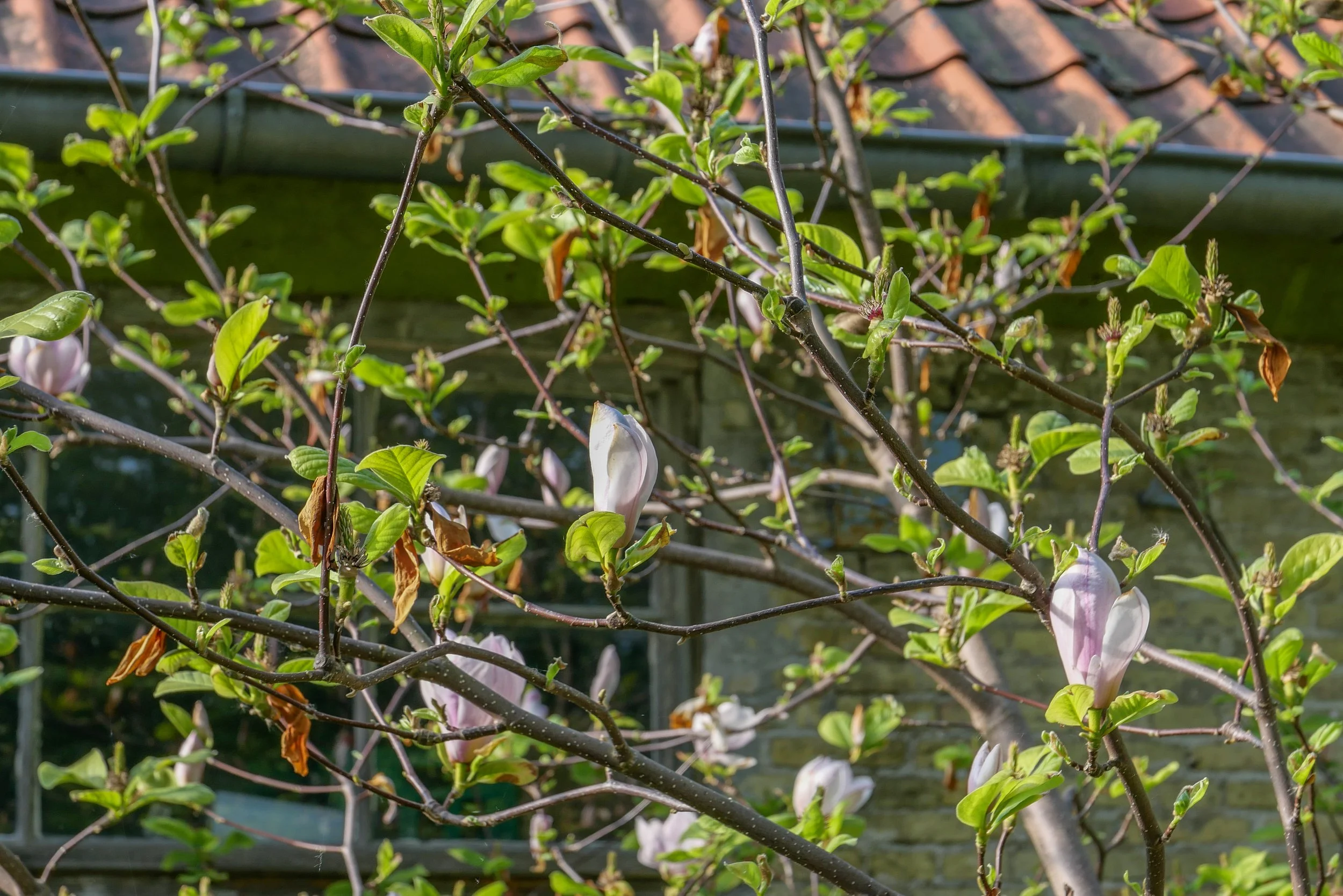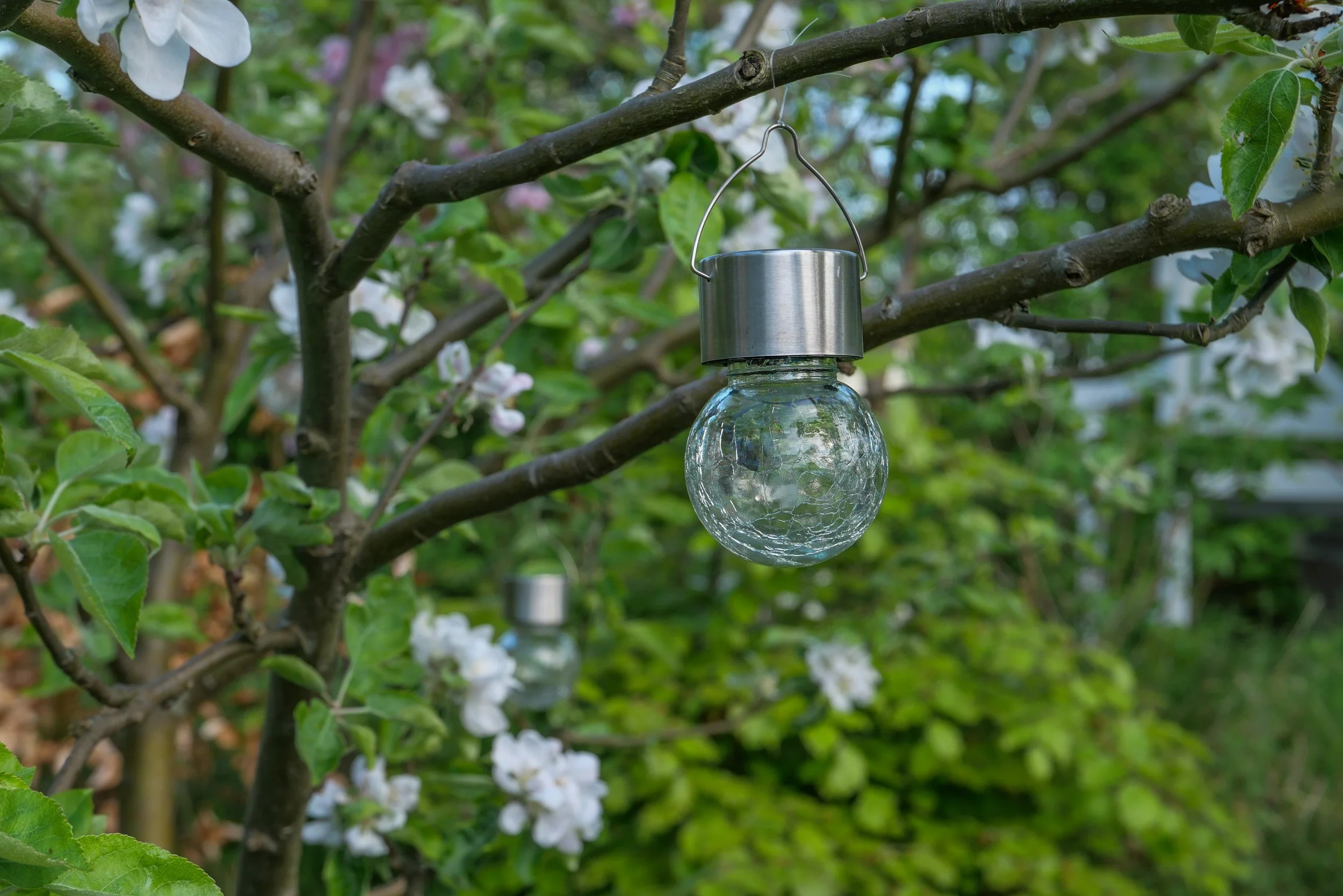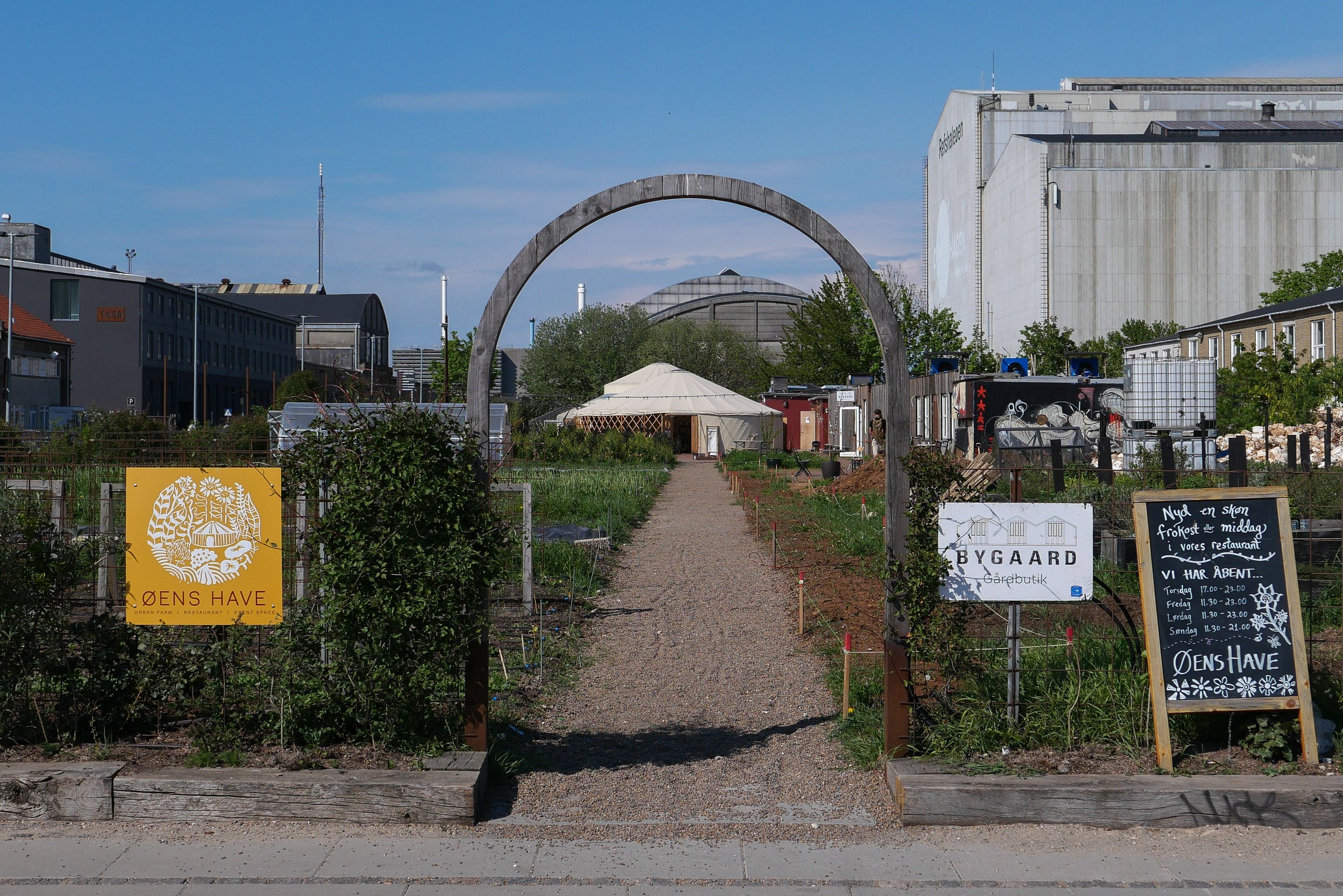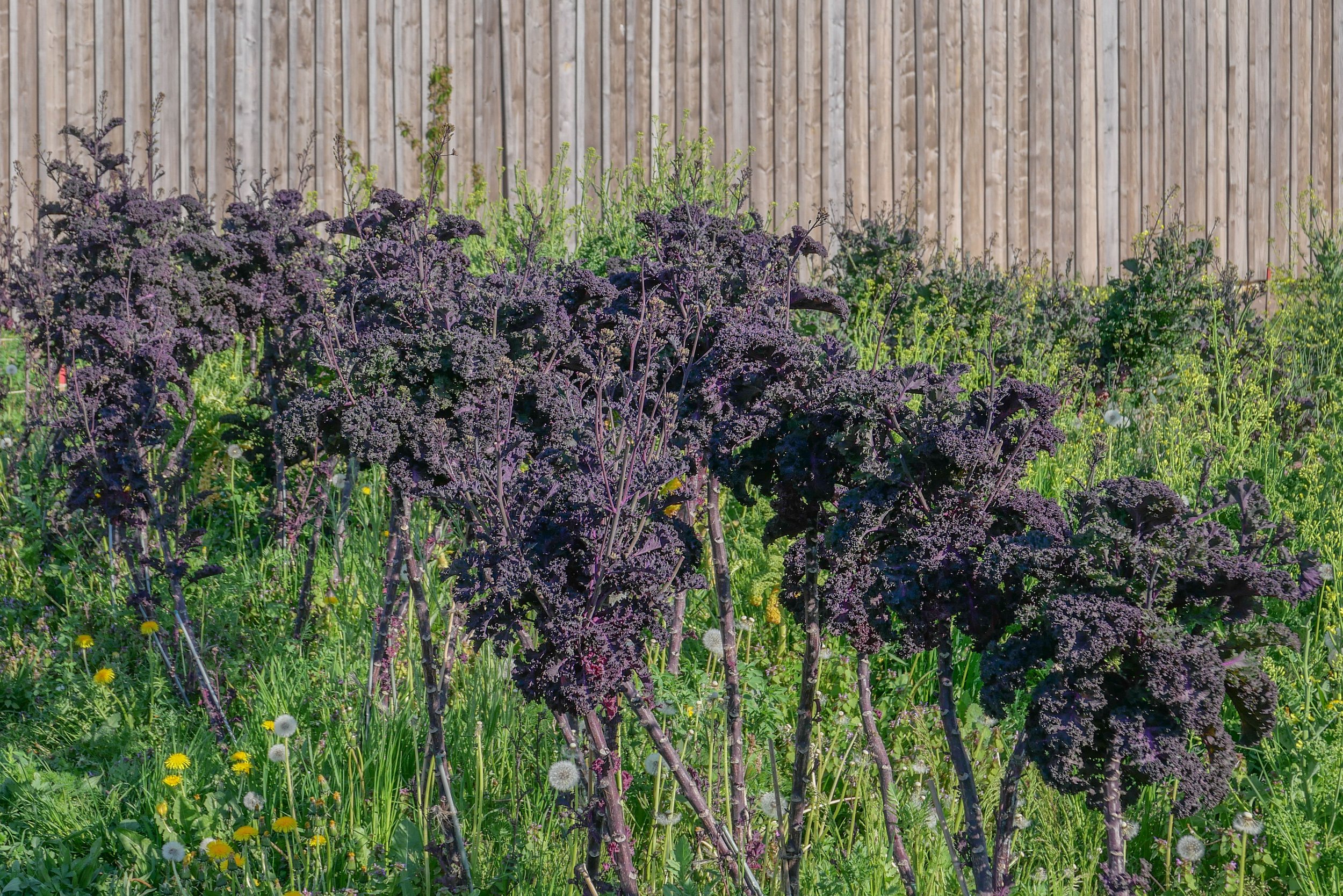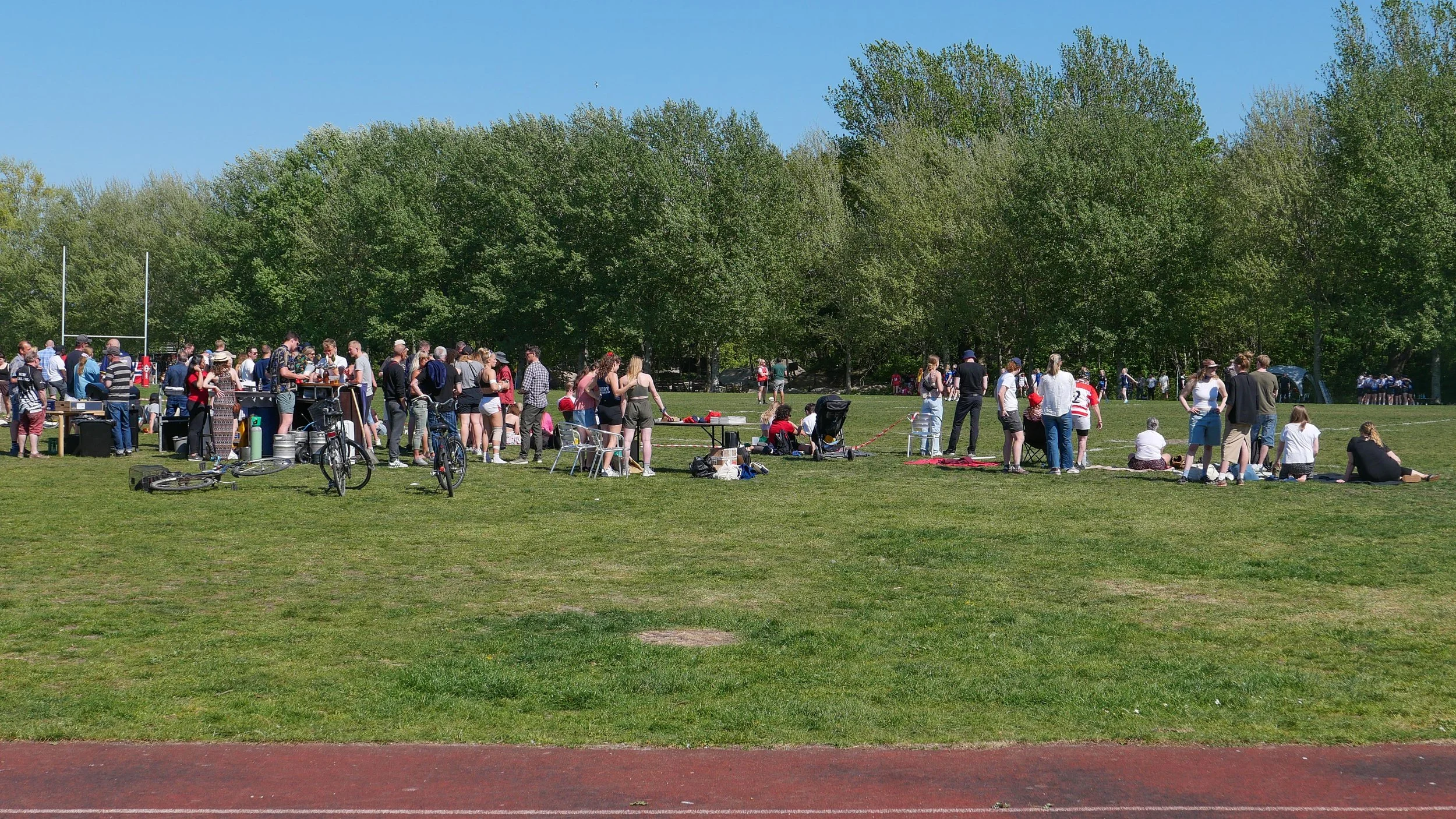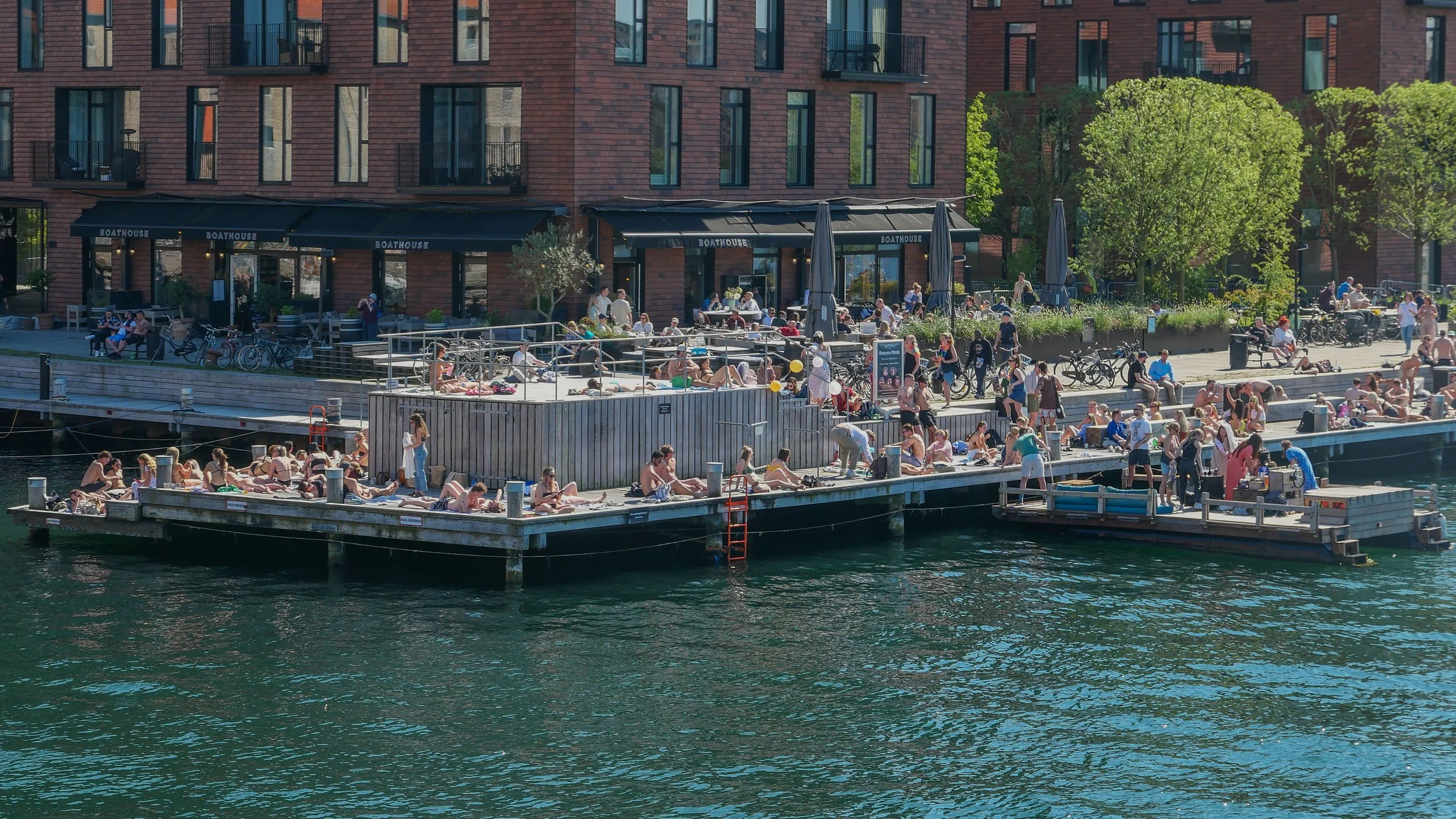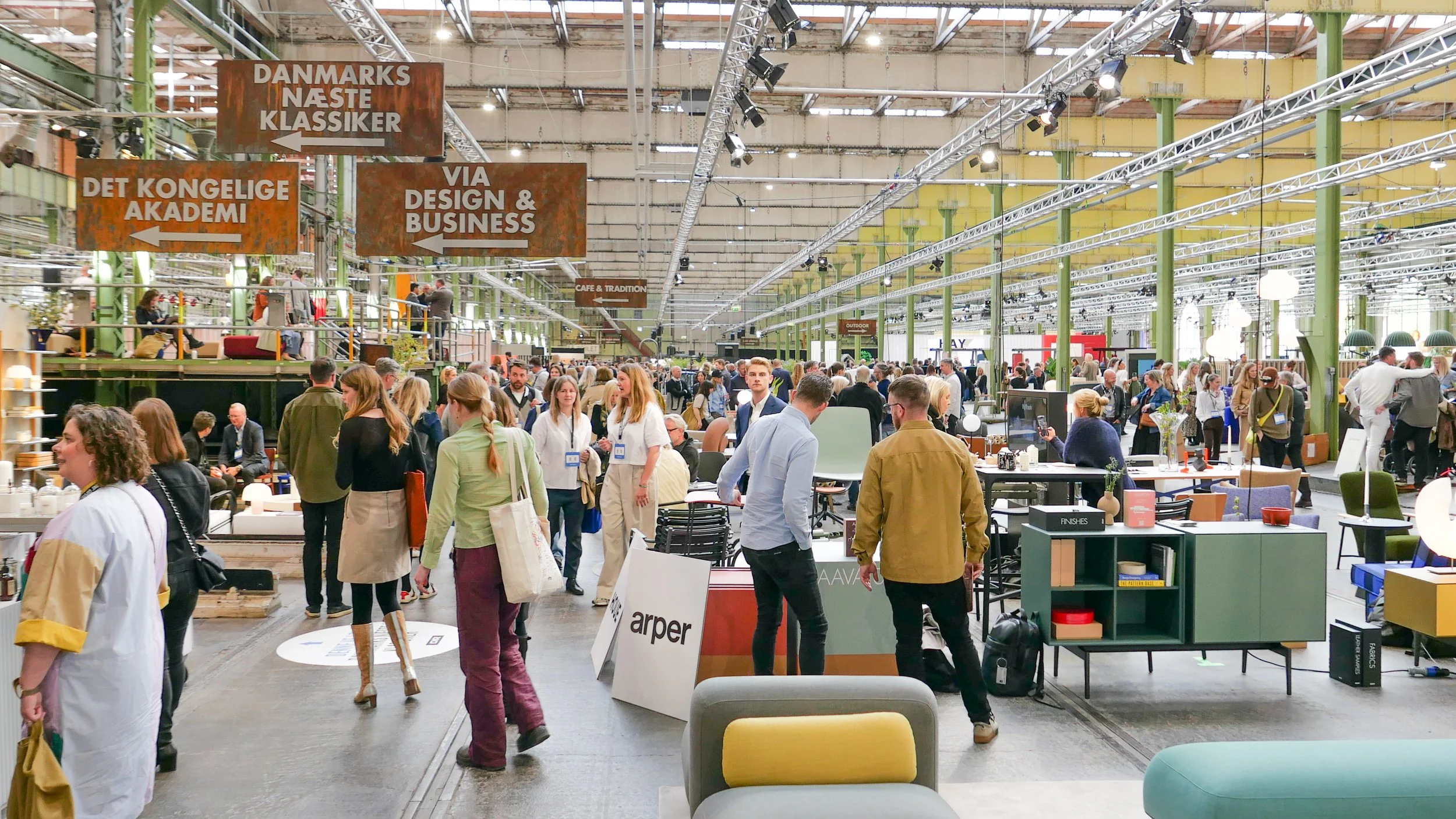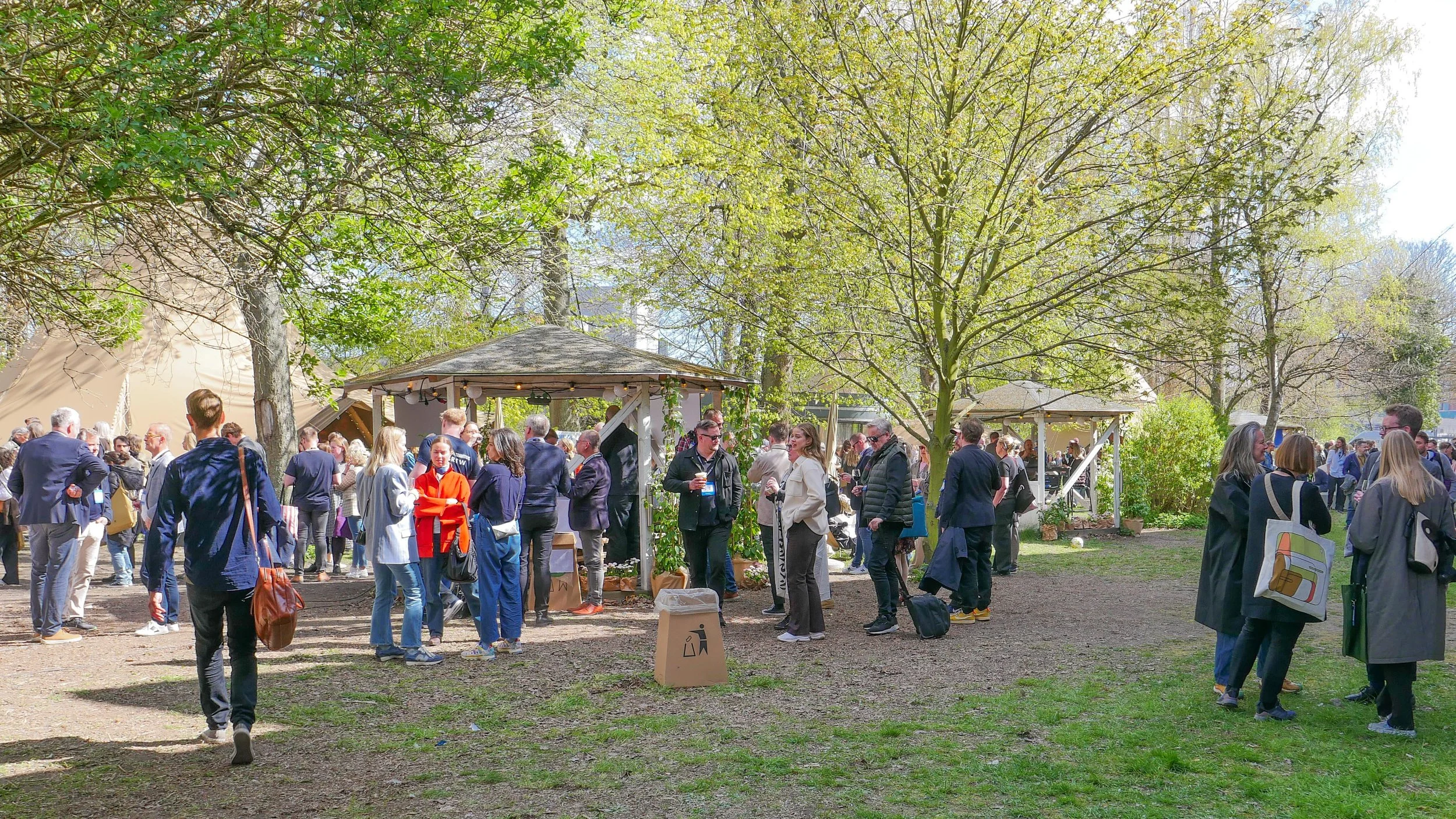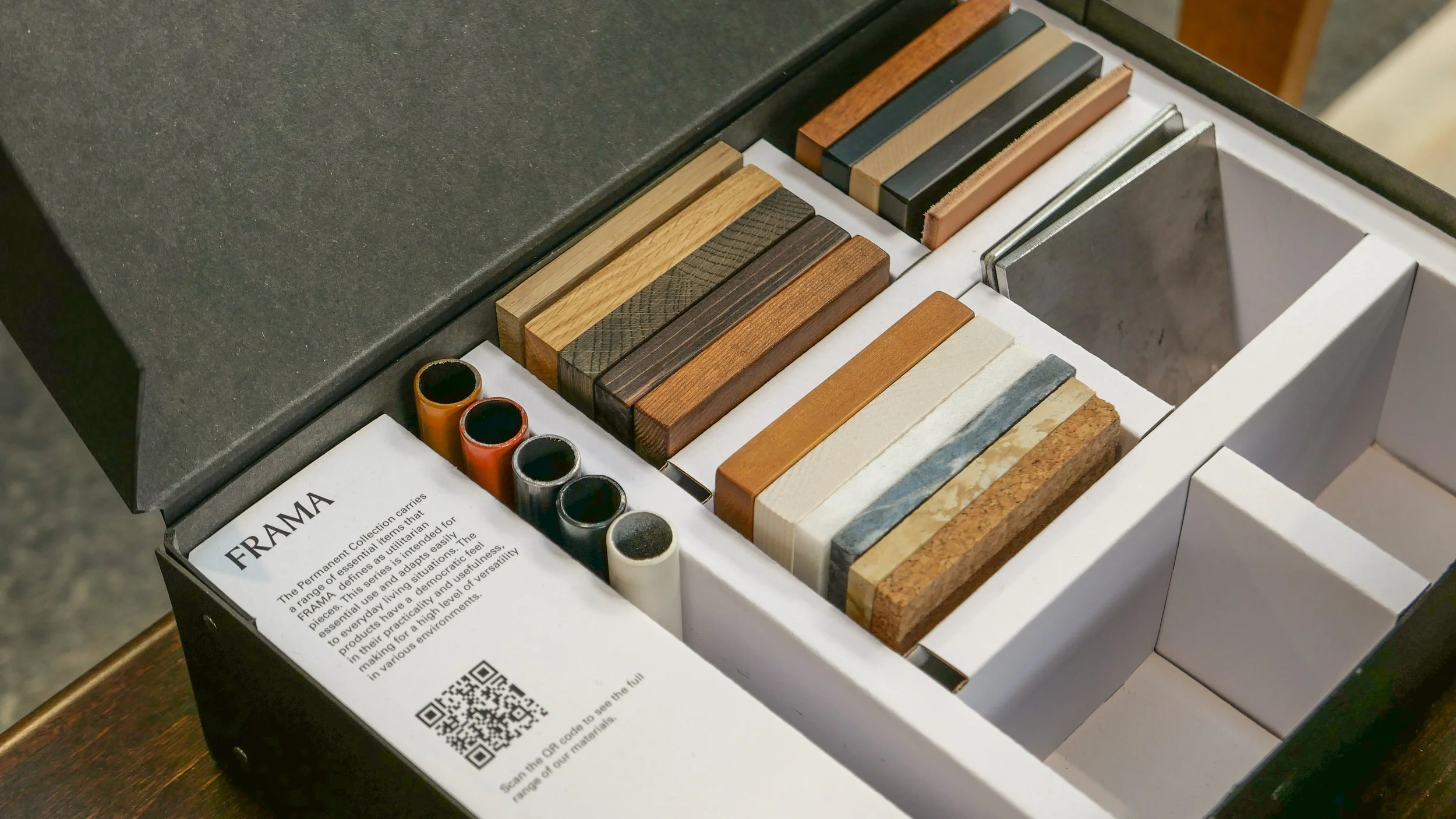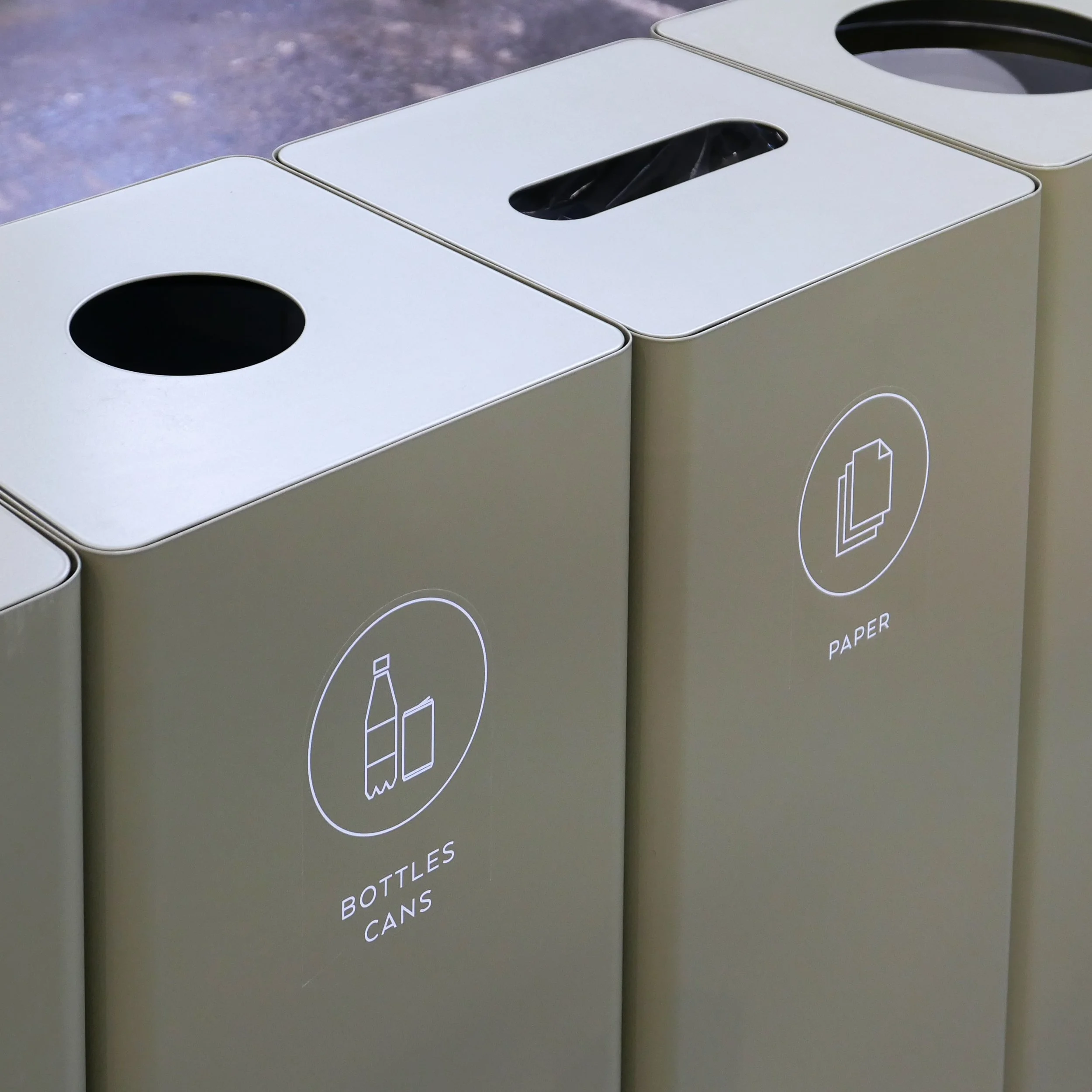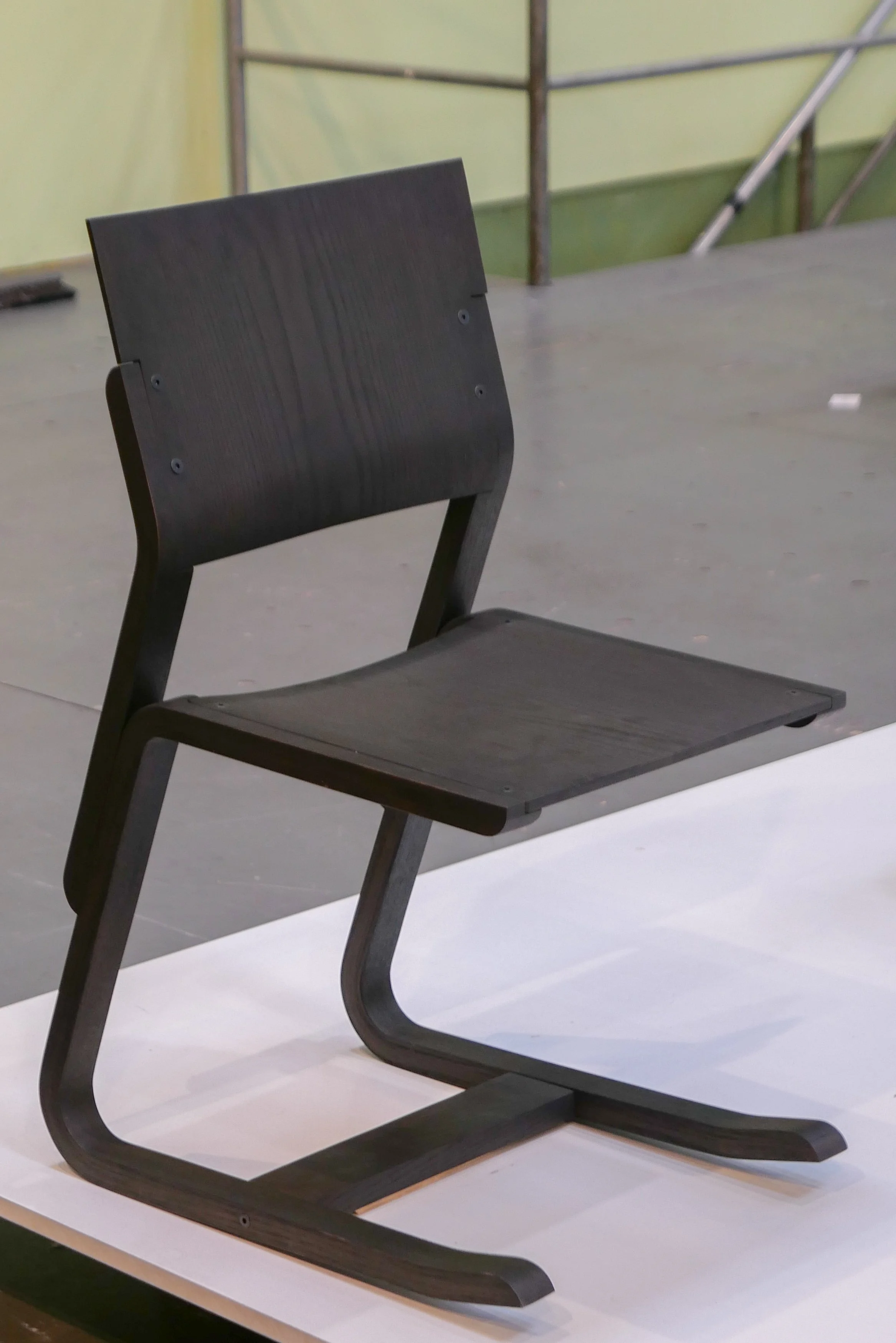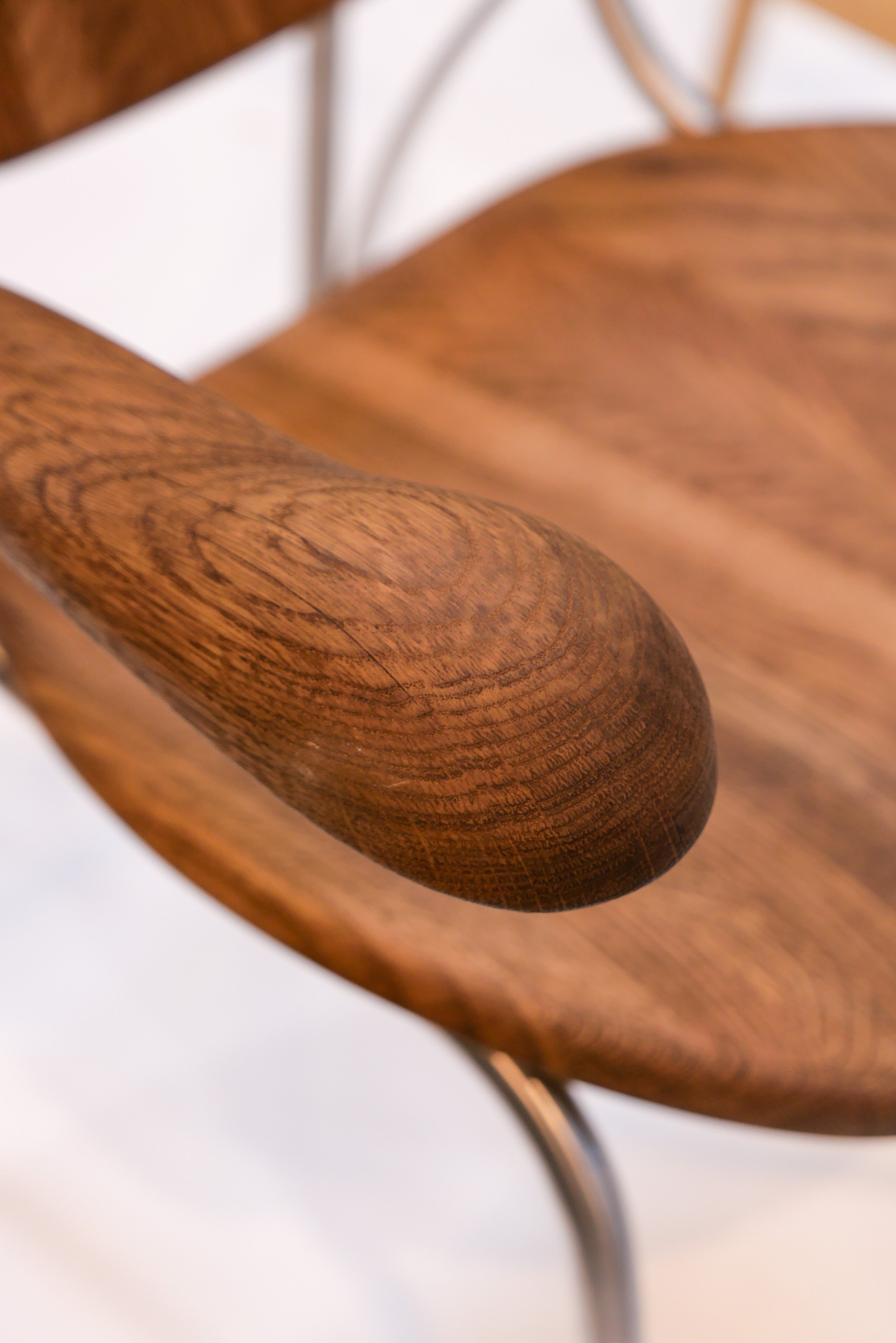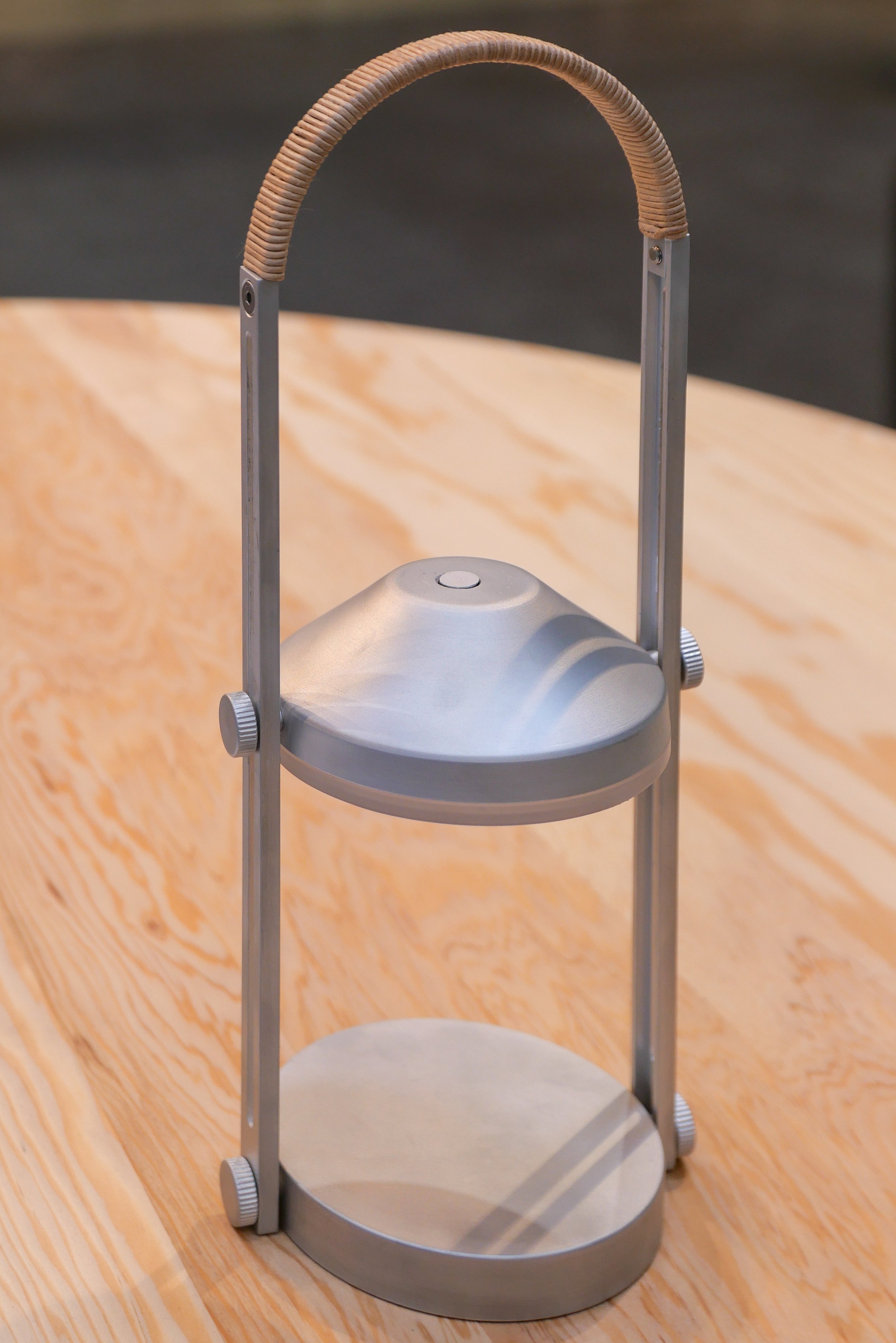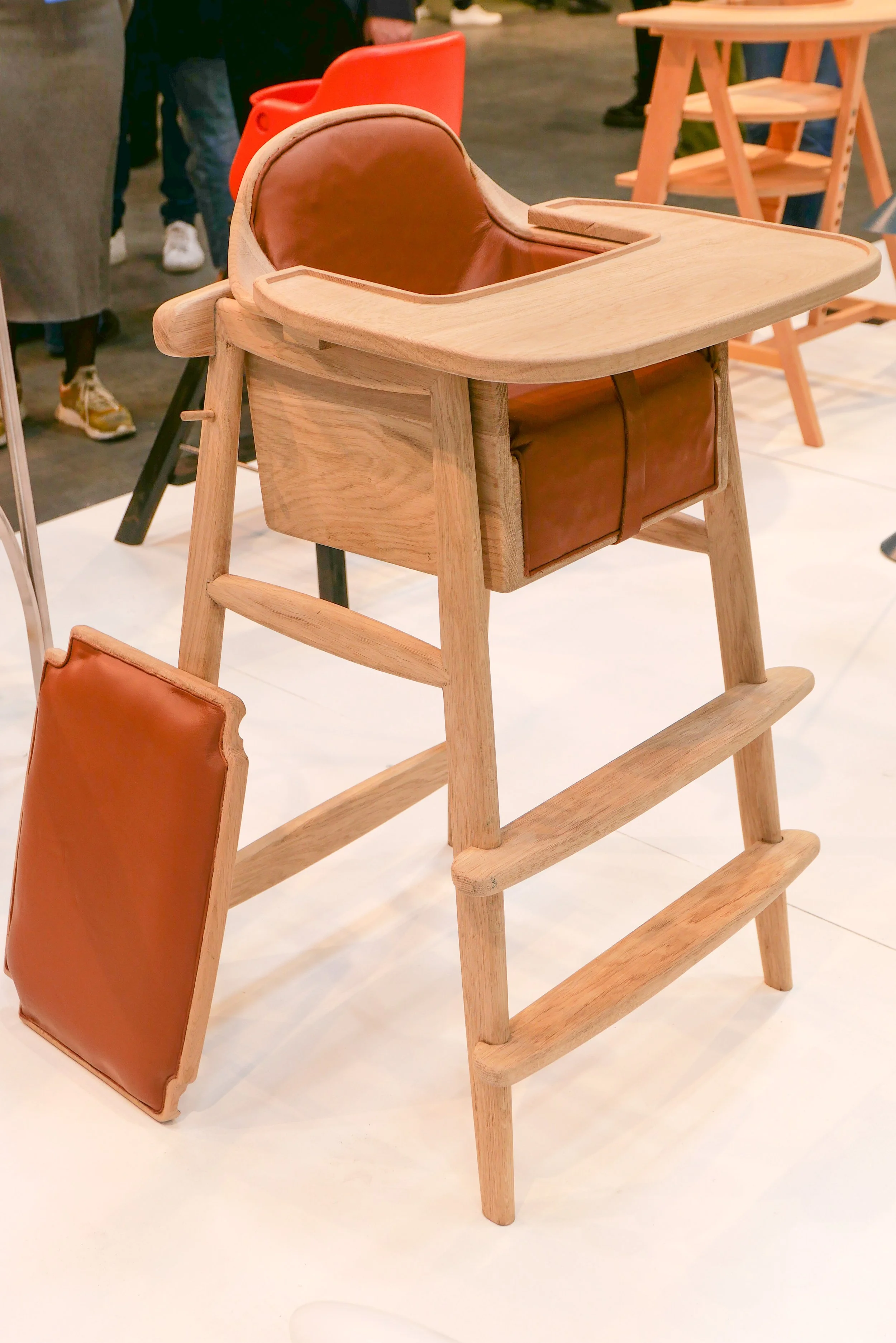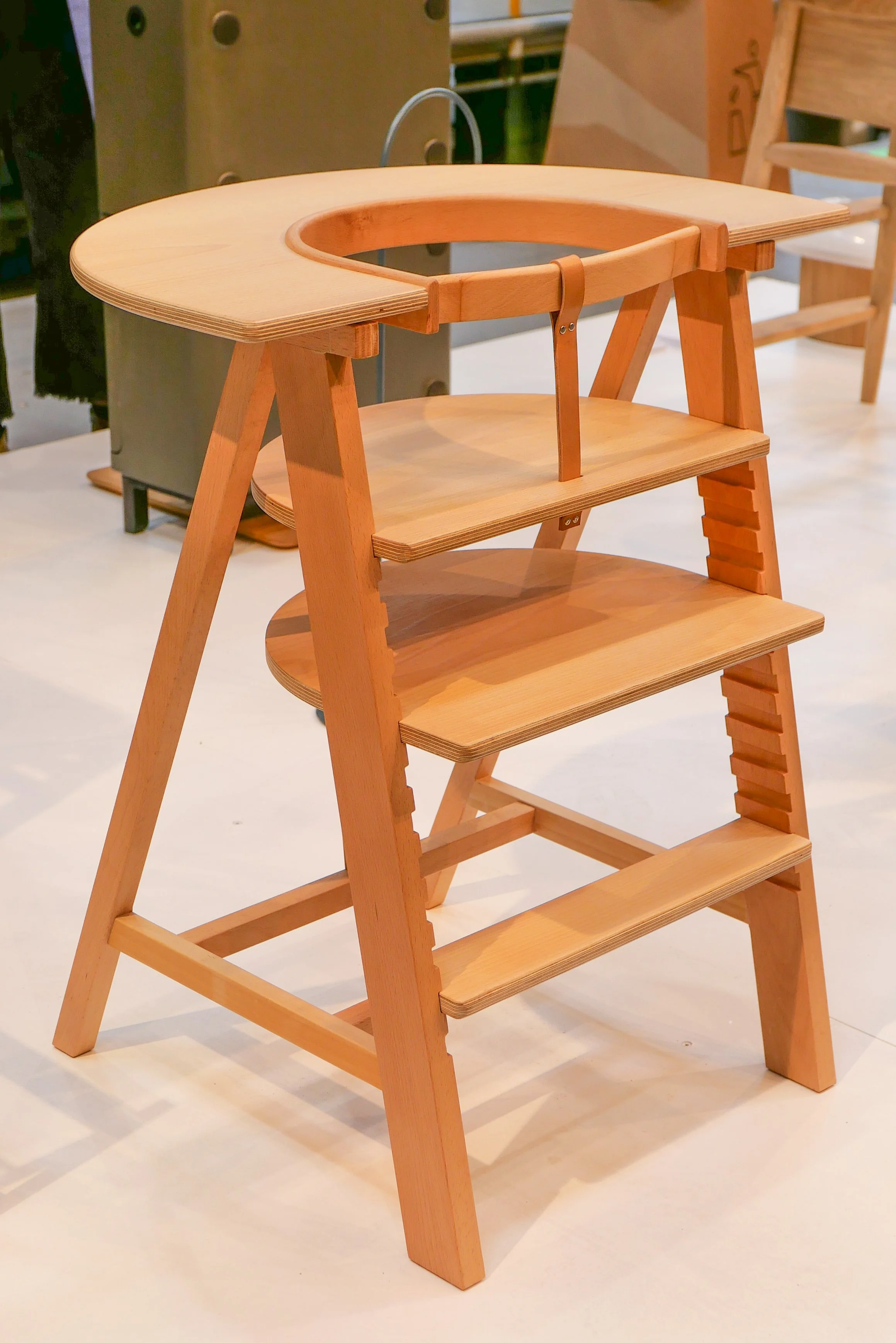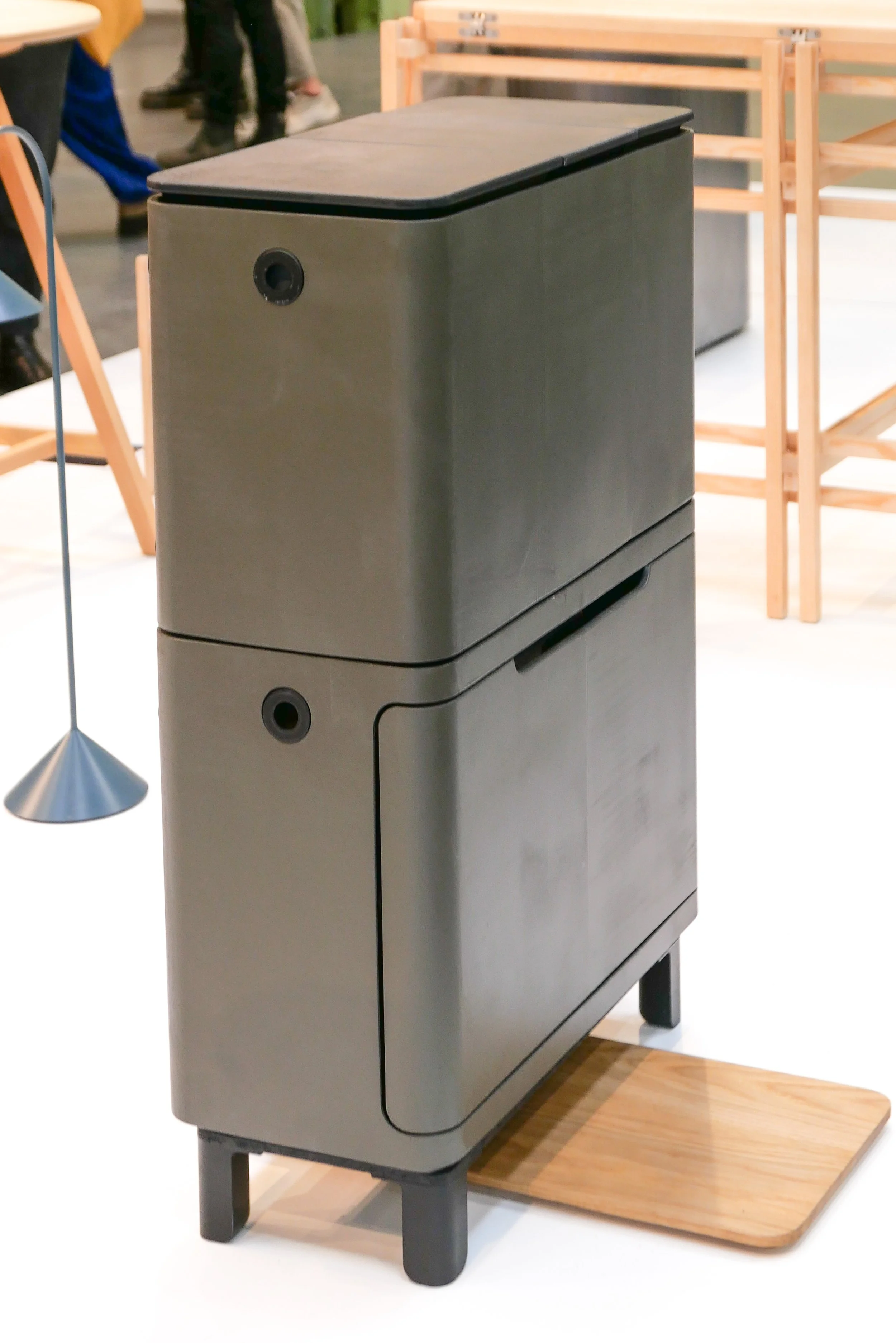The first post to danish design review was on 2nd June 2013 so this web site is now ten years old.
It has changed a lot over the years although one constant has been that it is still hosted through Squarespace.
Back then, I was still living in England, but I was already planning to move to Copenhagen.
Over the following year there were several long trips to Copenhagen and then I found an apartment on Bredgade to rent that was just opposite the design museum. I signed a lease and on 20th June 2014, I picked up the keys so I have now lived in Denmark for nine years.
Having moved to Copenhagen, my initial plan was to write a book about the buildings of Christian IV but I have always been interested in modern architecture and modern design and crafts so this design blog was my way to record what I saw and what I learnt about Copenhagen and its architects and designers as I settled into life in a new city in a new country.
Somehow, as I wrote about and photographed modern buildings and modern design, the blog took over and research on 17th century architecture - trying to understand Rosenborg and Frederiksborg and Kronborg - was put on a back burner.
In terms of my background, I'm an architectural historian although, to be honest, I'm more a social historian than anything so, when I record or survey historic buildings, I'm less concerned about style and more interested in context .... so, it's about using documents and maps and recording the surviving building in detail to understand the method of construction, and the aim is to see standing fabric as evidence that can reveal not only what was built and when and how but can give an insight into how the building was used, at various stages in its history, and when and why the building was altered or adapted.
So, like an archaeologist but assessing the evidence from the ground up rather than from the surface down.
That same way of looking at and trying to understand and put into context can be applied to modern design and modern buildings to find out how and why a new piece of furniture or a new building ends up looking like that and to understand how it was made, and to see if the design evolved and how and why and to understand how a new work fits in a wider social or political context.
As a place to post photographs and thoughts, as I explored historic buildings in Copenhagen, I set up a second web site under the title copenhagen by design.
Keeping up with the two web sites - the design site and the historic building site - was getting difficult .... is an apartment building from the 1950s modern or historic and a modern design might well look back to much earlier designs for inspiration.
More .... looking at something old might make me reconsider what I think about something new or the other way round so looking at a new work can make us rethink what we have accepted as true about an historic work.
Even exhibitions and books, reviewed on the site, rarely stick to clear divisions between historic and current.
Over the years, many of the posts have been duplicated between the two sites so links were added but indexing became more and more complicated and difficult between two sites and between new and older posts.
So, in the Spring, I made the decision to merge the two sites by bringing all the posts from copenhagen by design into the danish design review site and to edit and reconcile links and tags and categories in the hope that this will give a more solid and more consistent site to build on in the future.
This housekeeping - basically copying and pasting but with some editing - has taken up a lot of time over the last three months with little obvious front-end gains for readers but most of that is finished and I can now catch up on a backlog of posts and can introduce some new sections to the blog.




